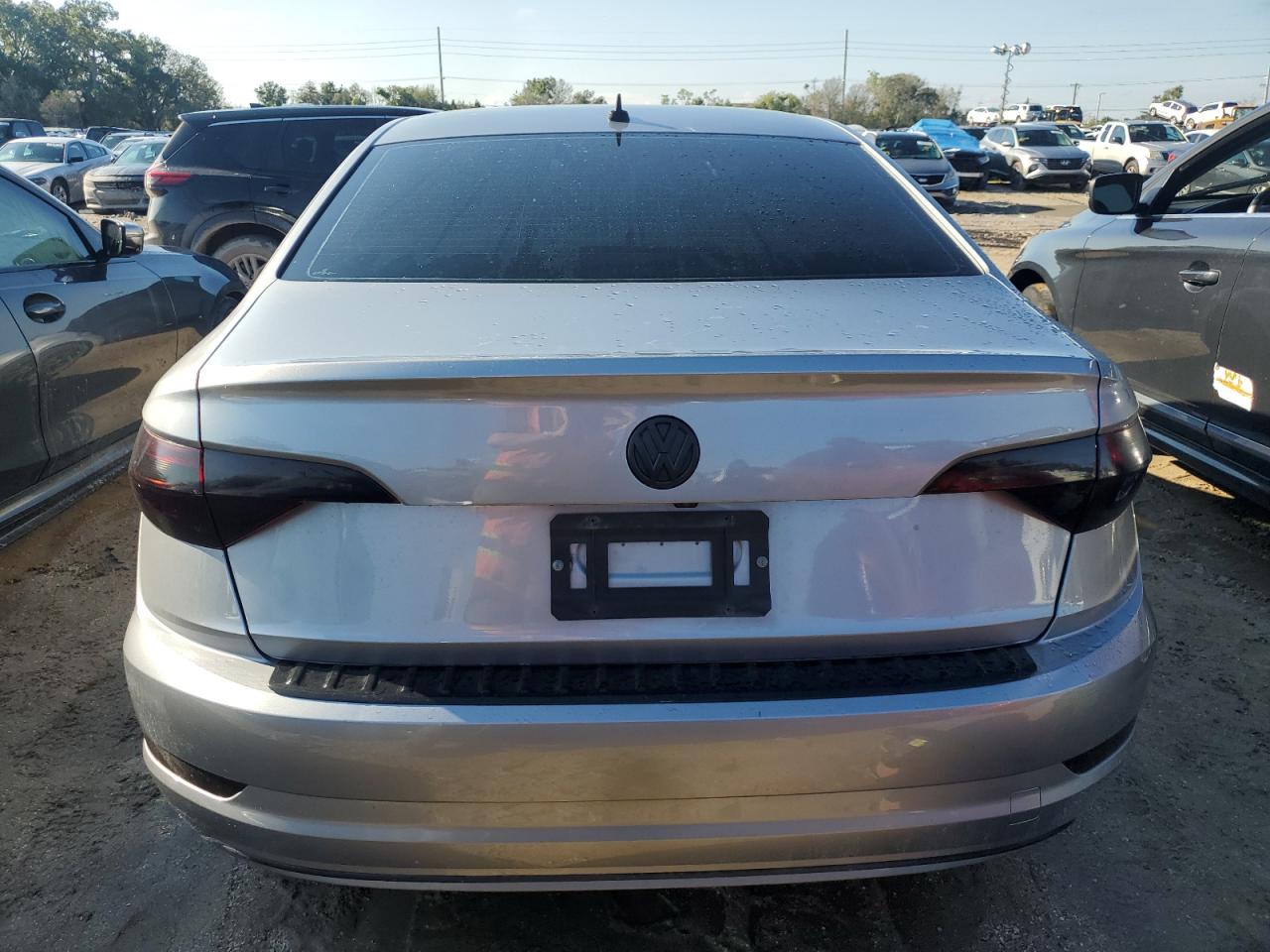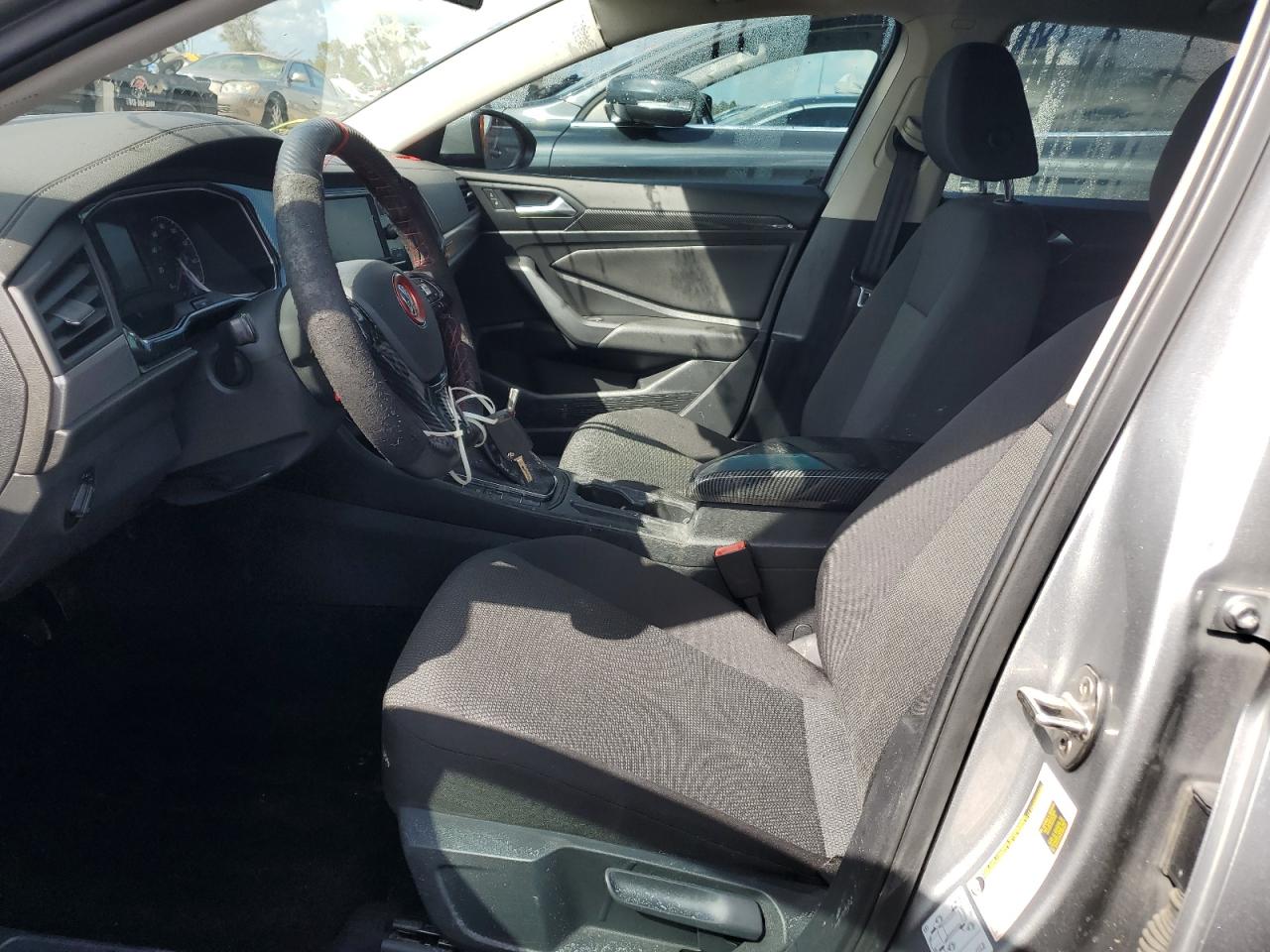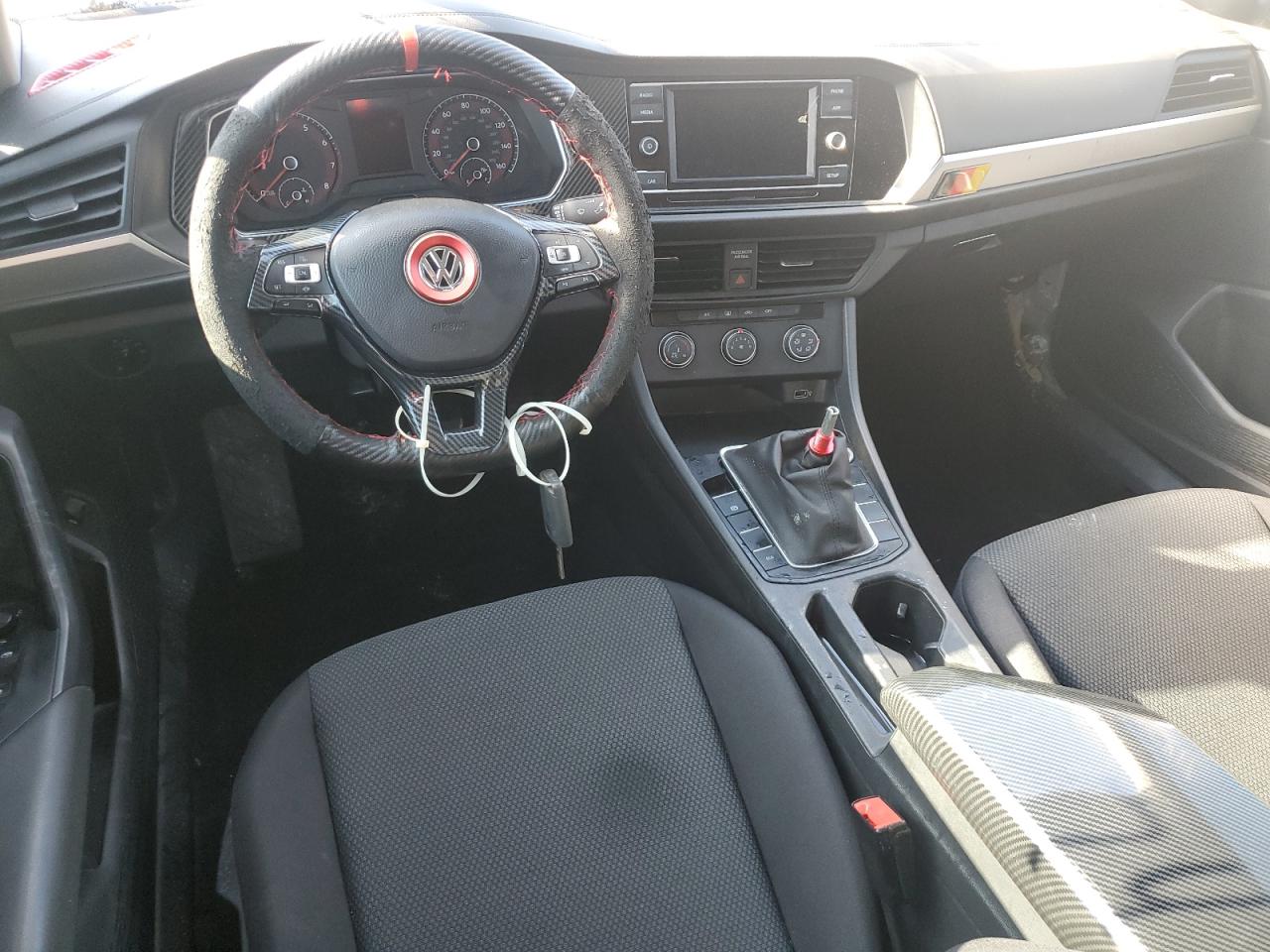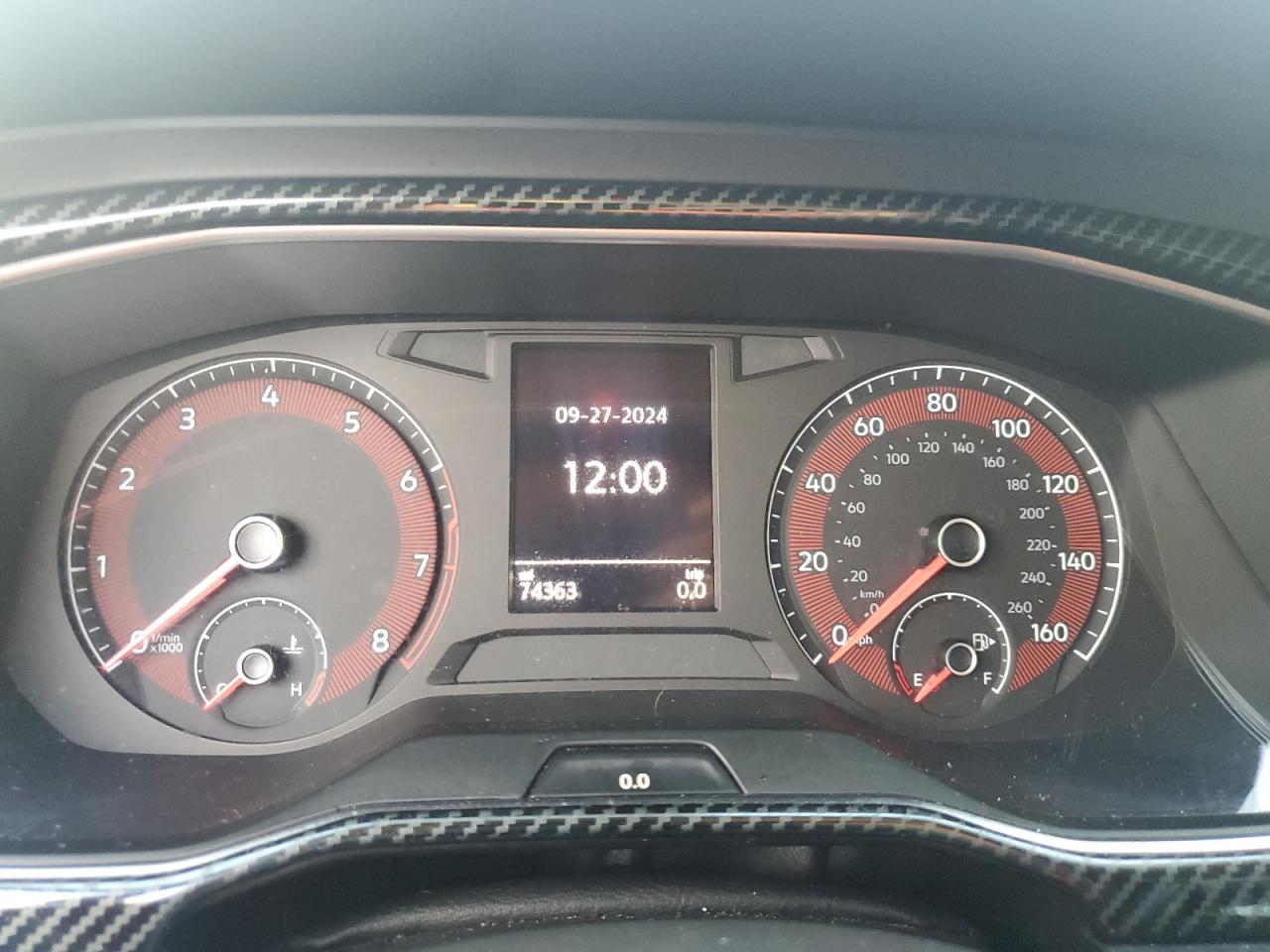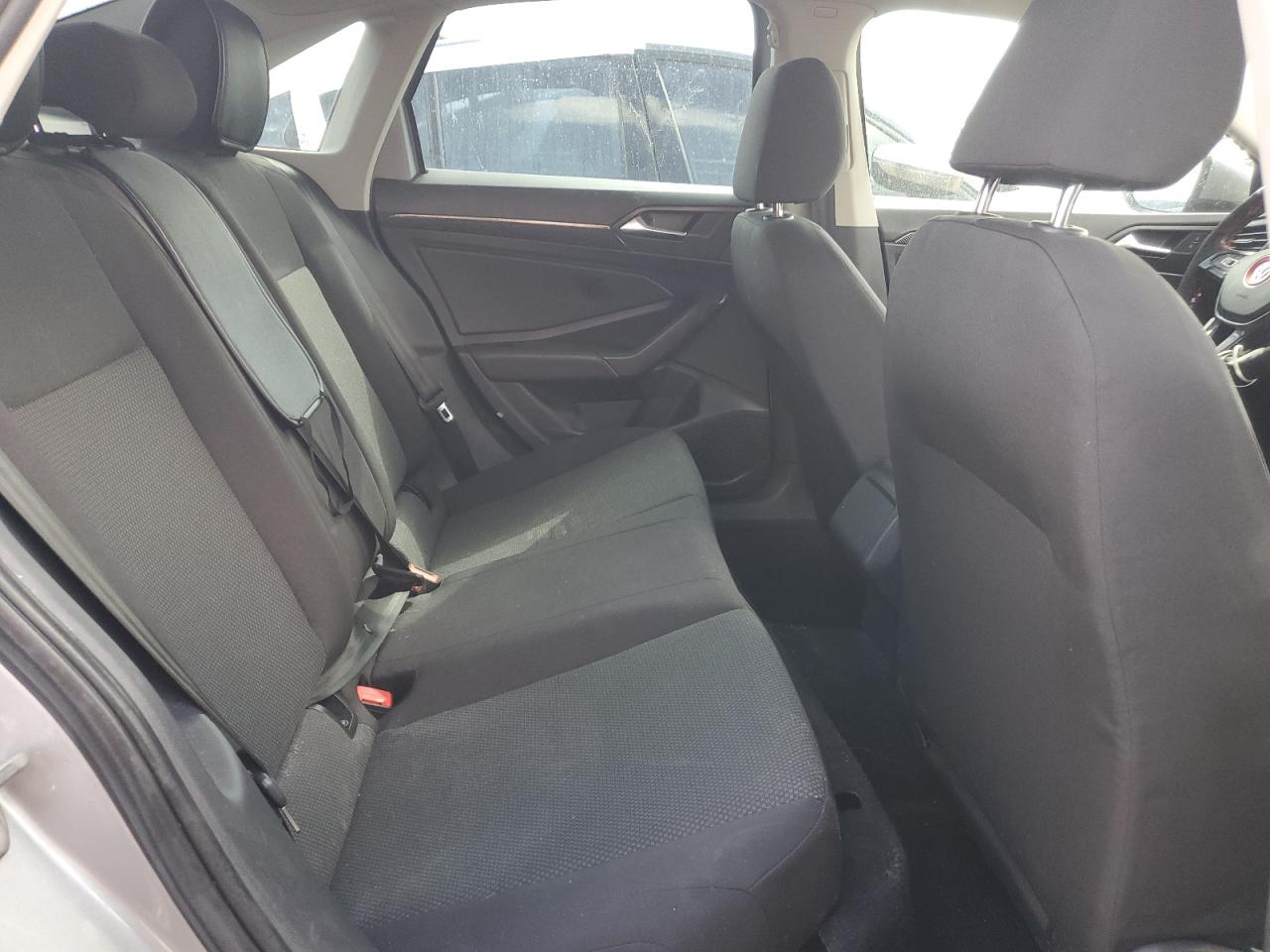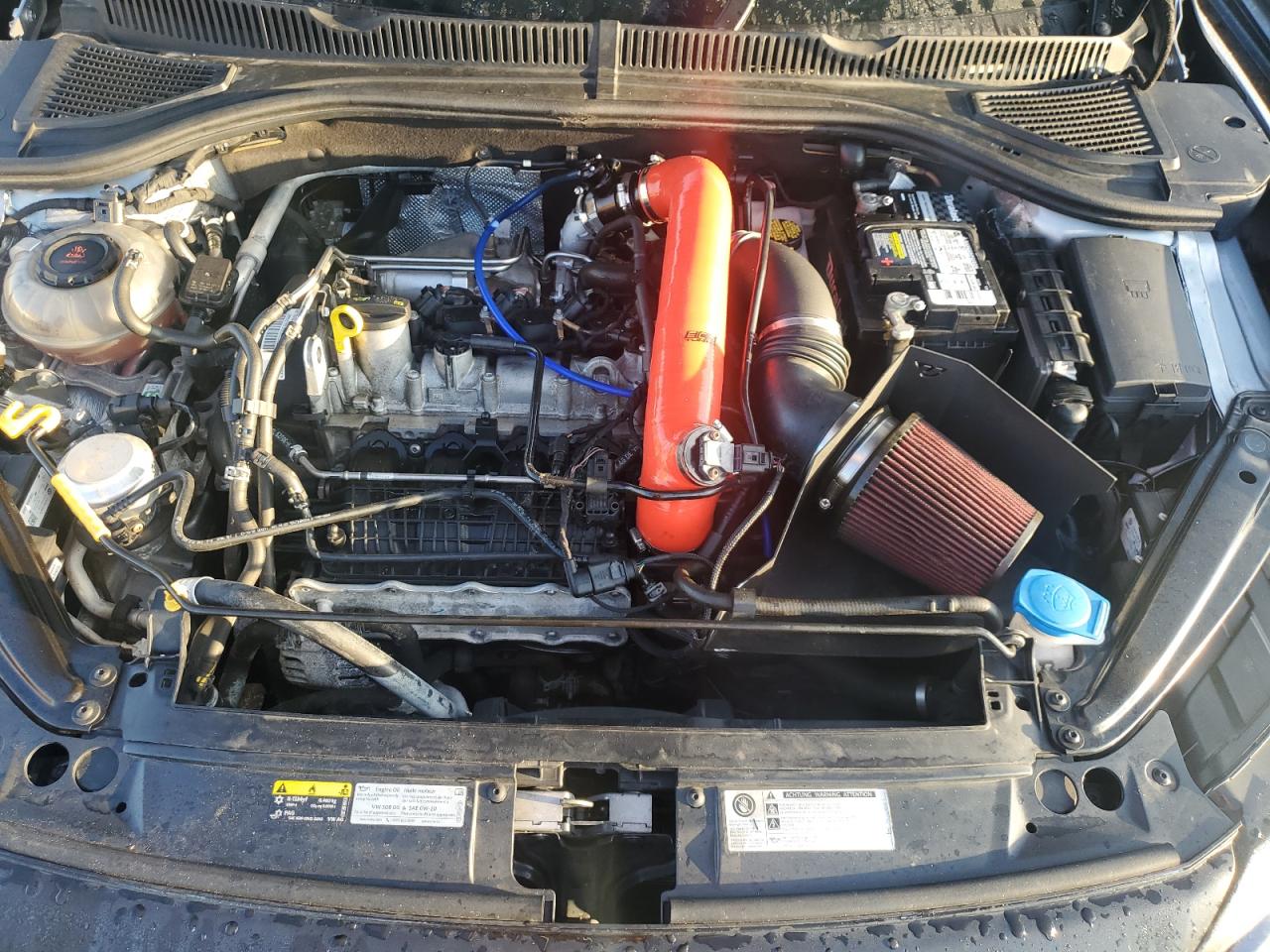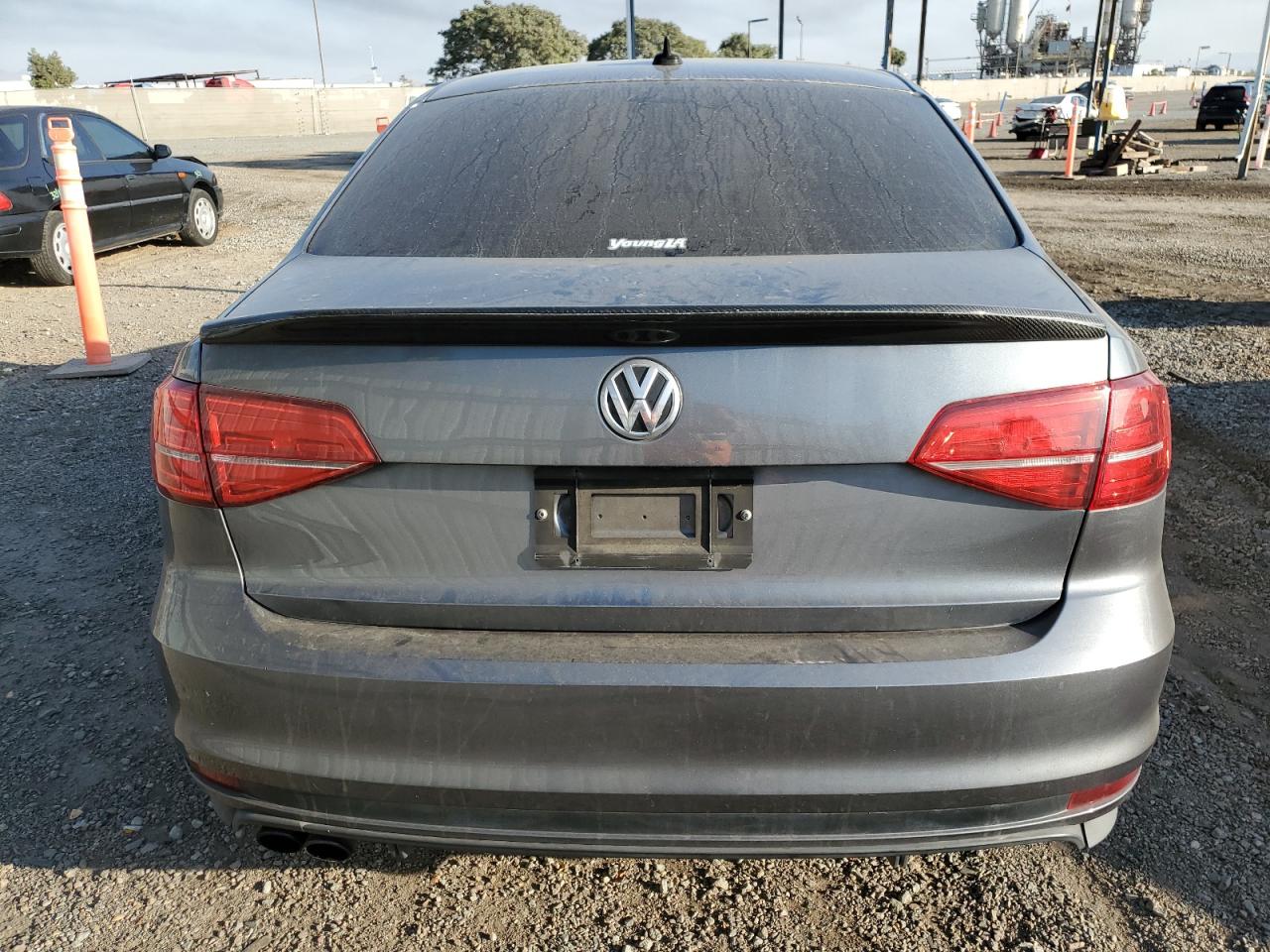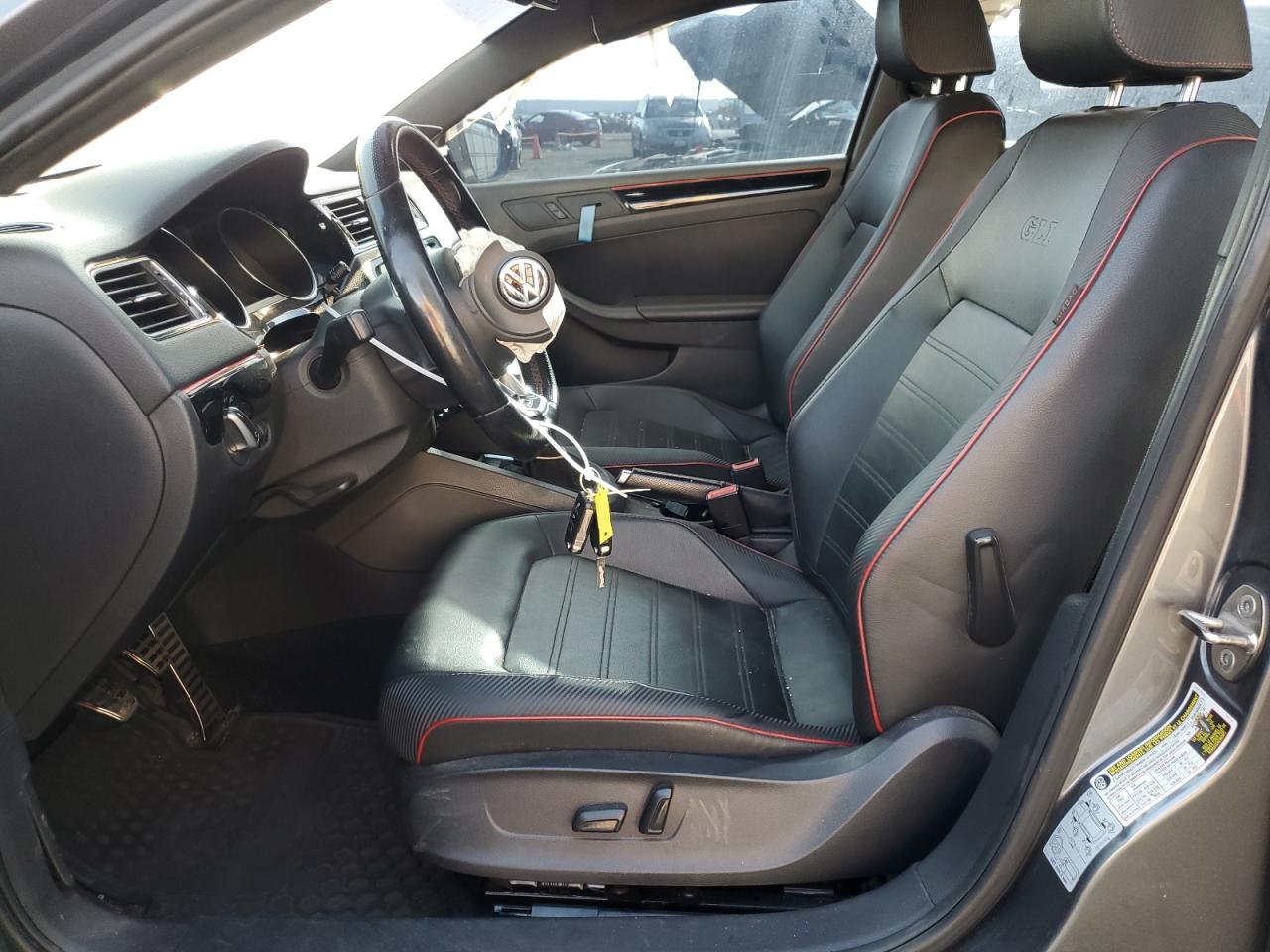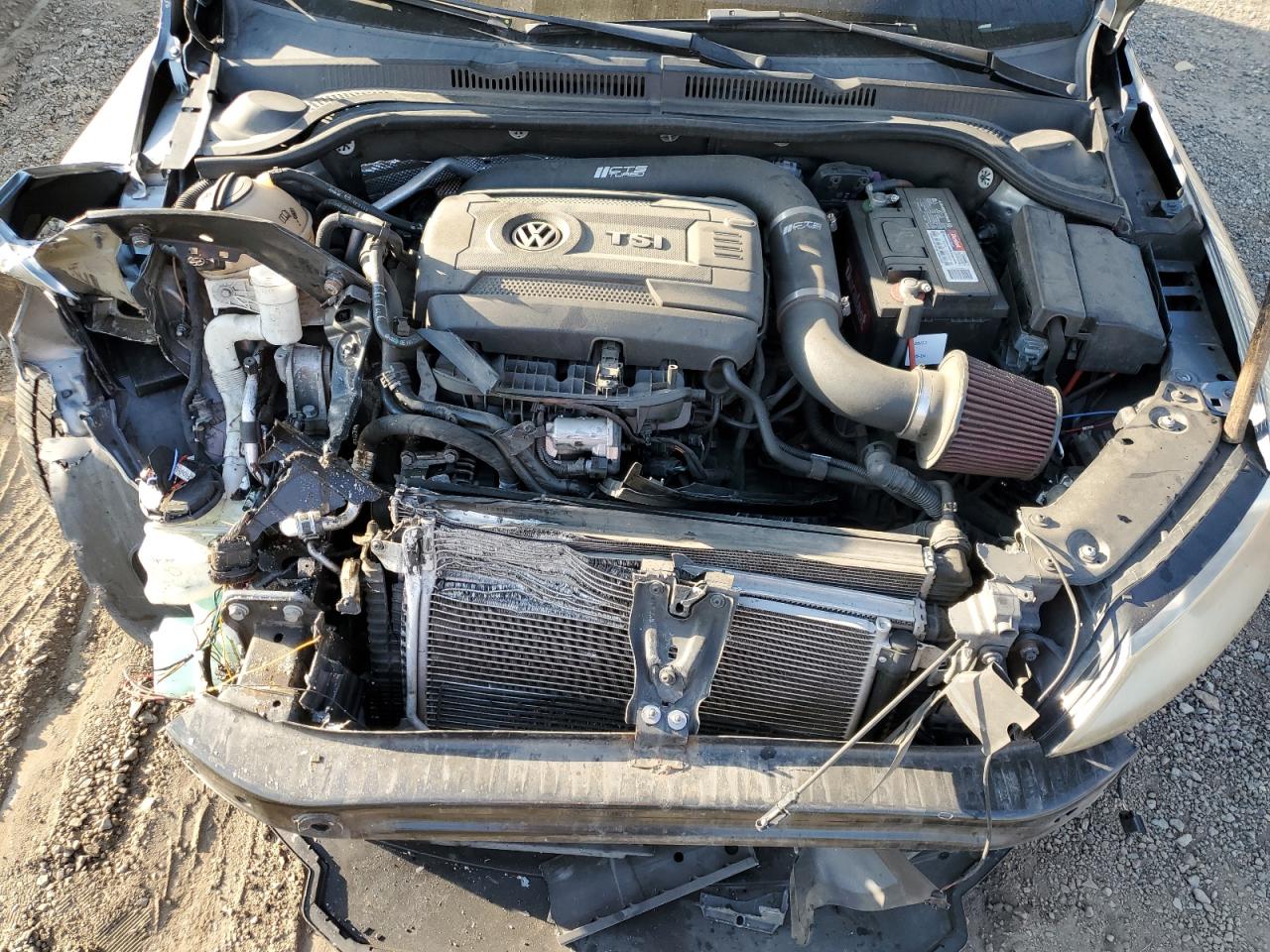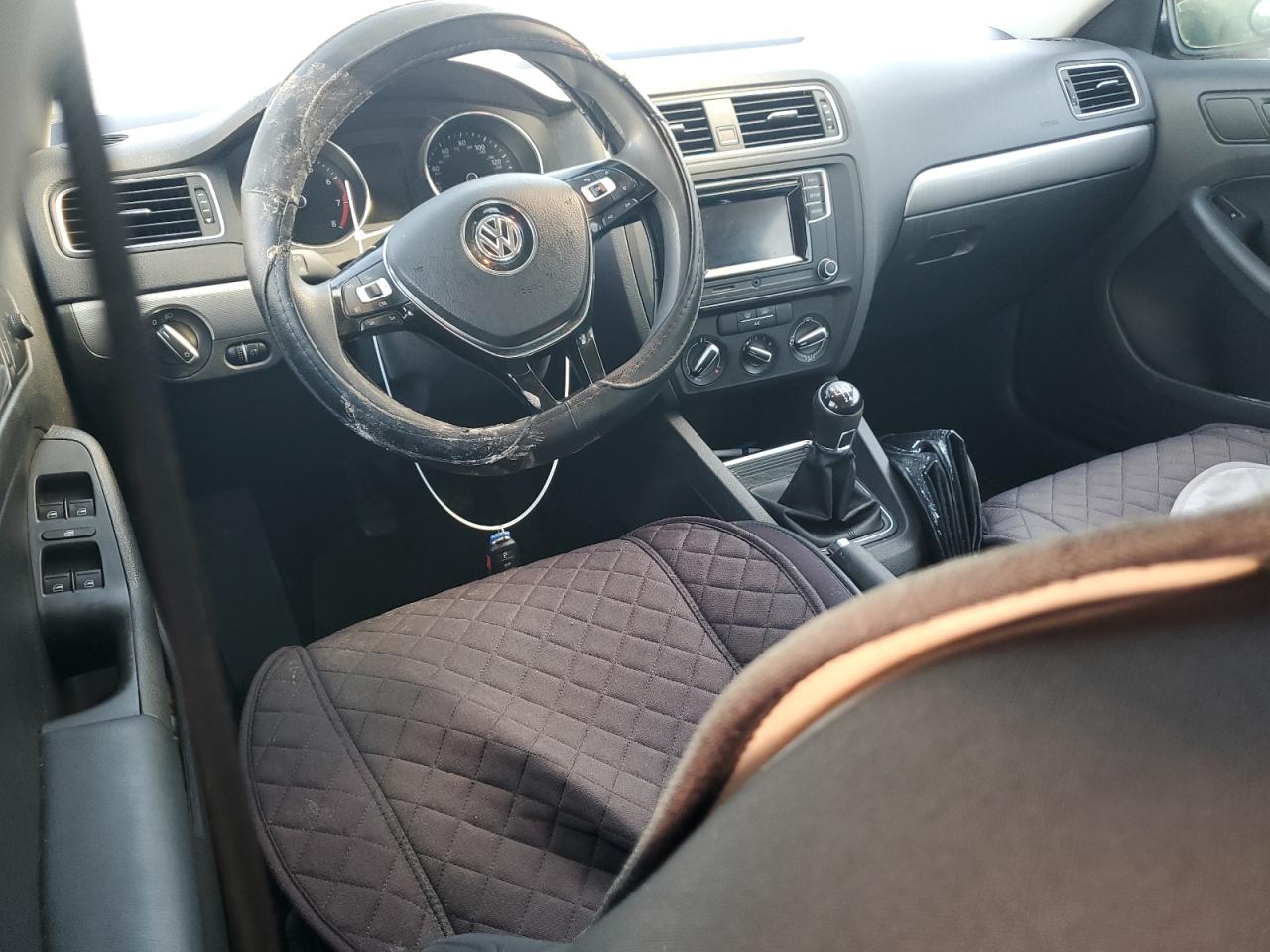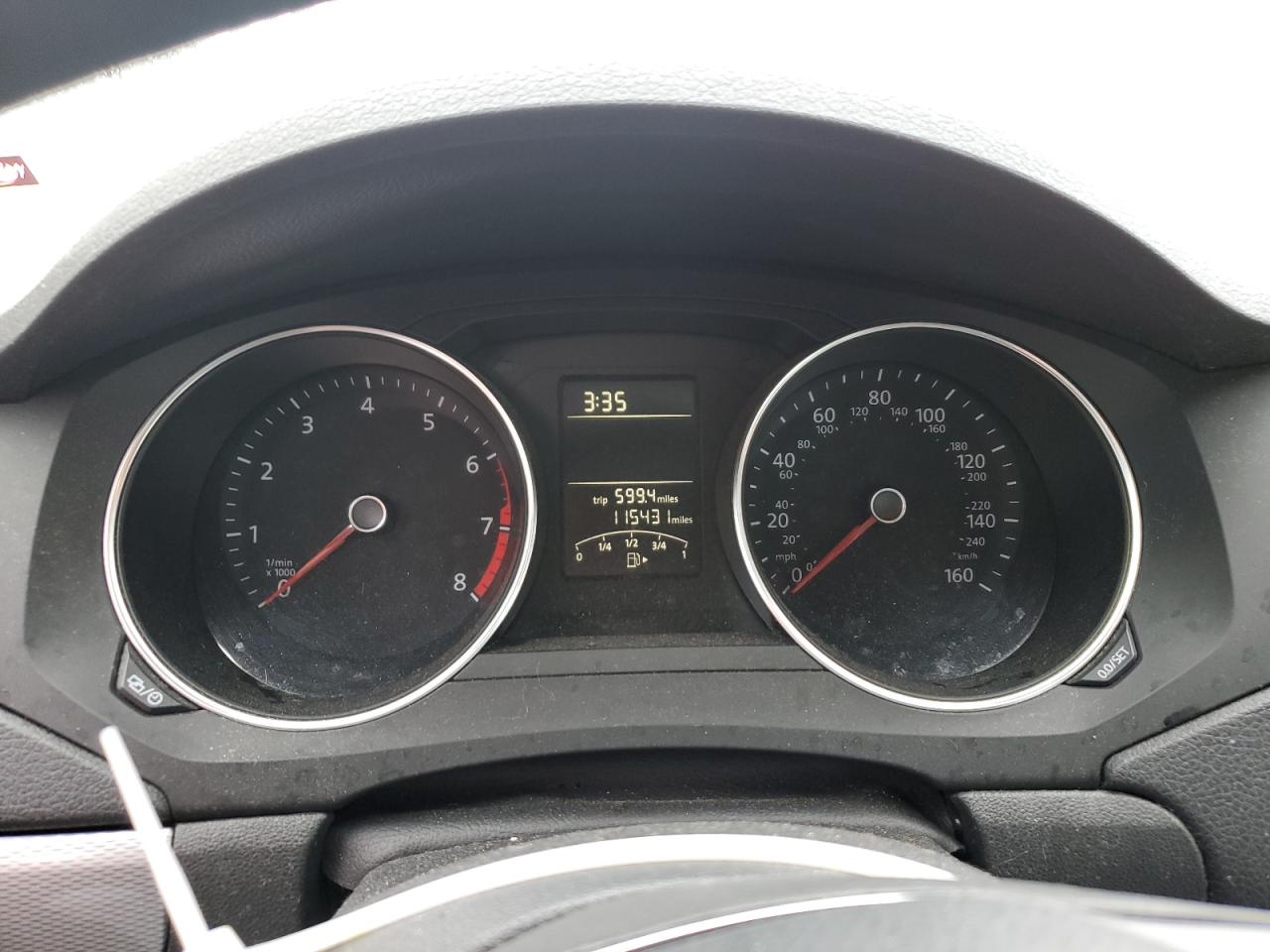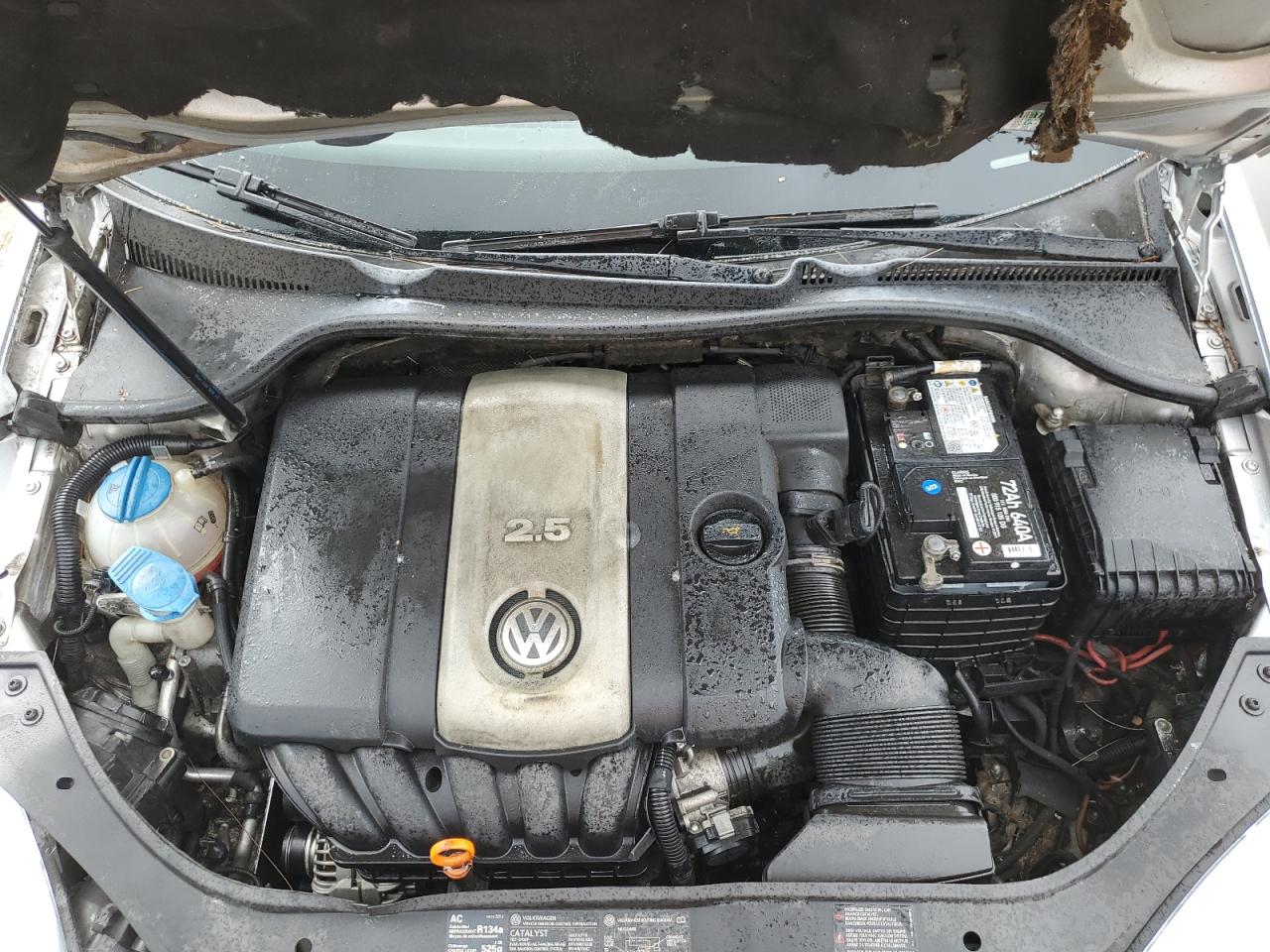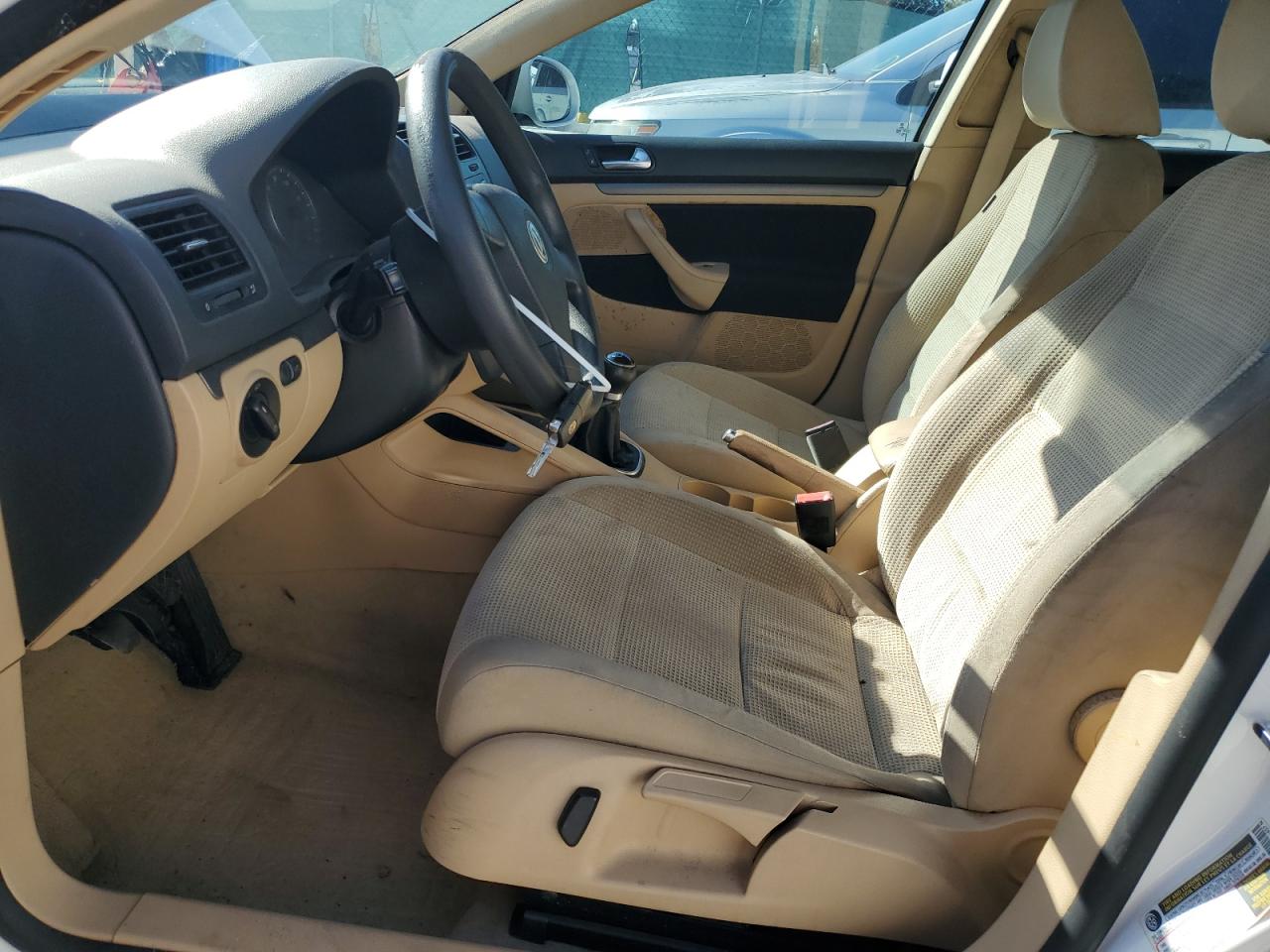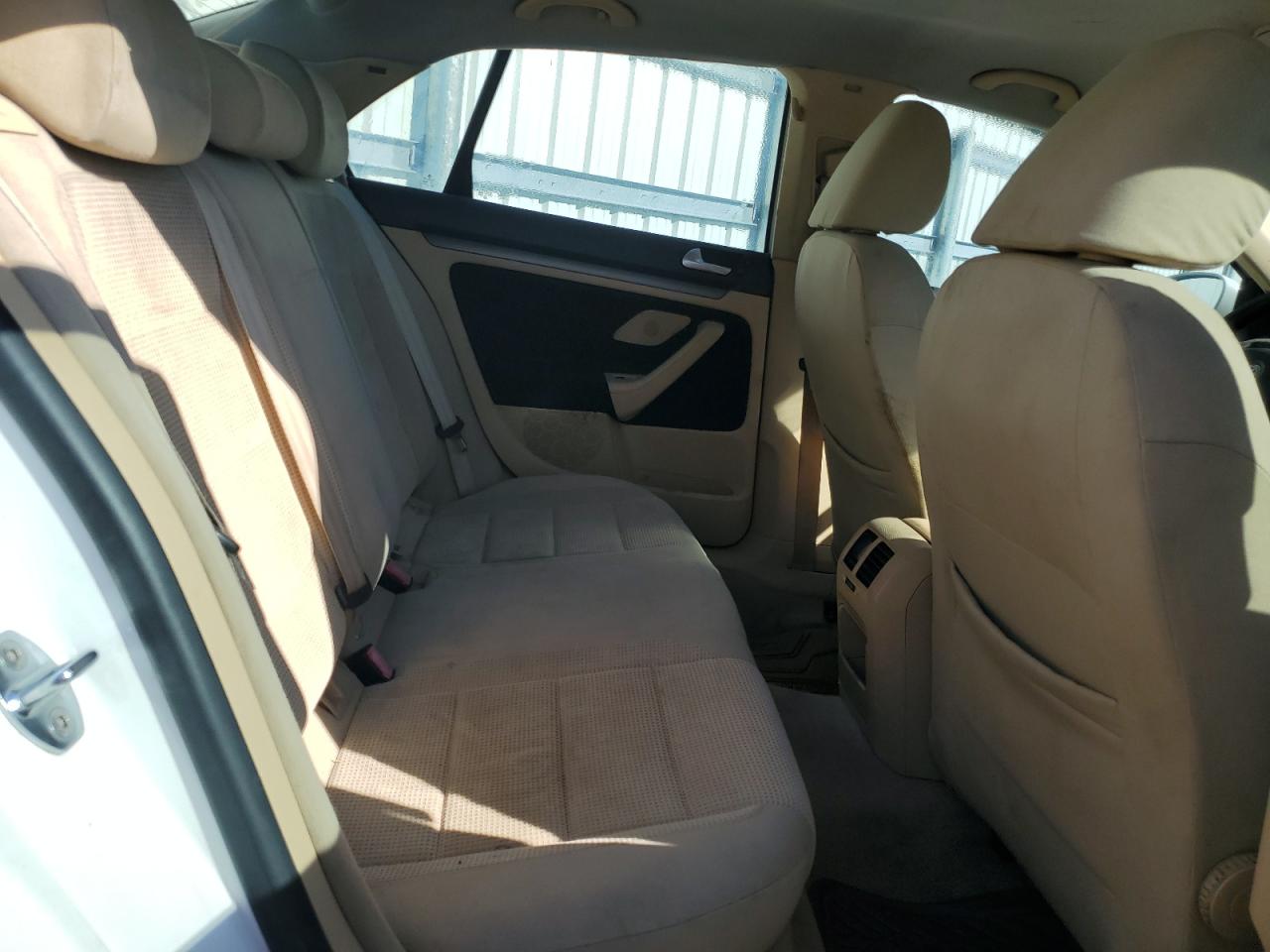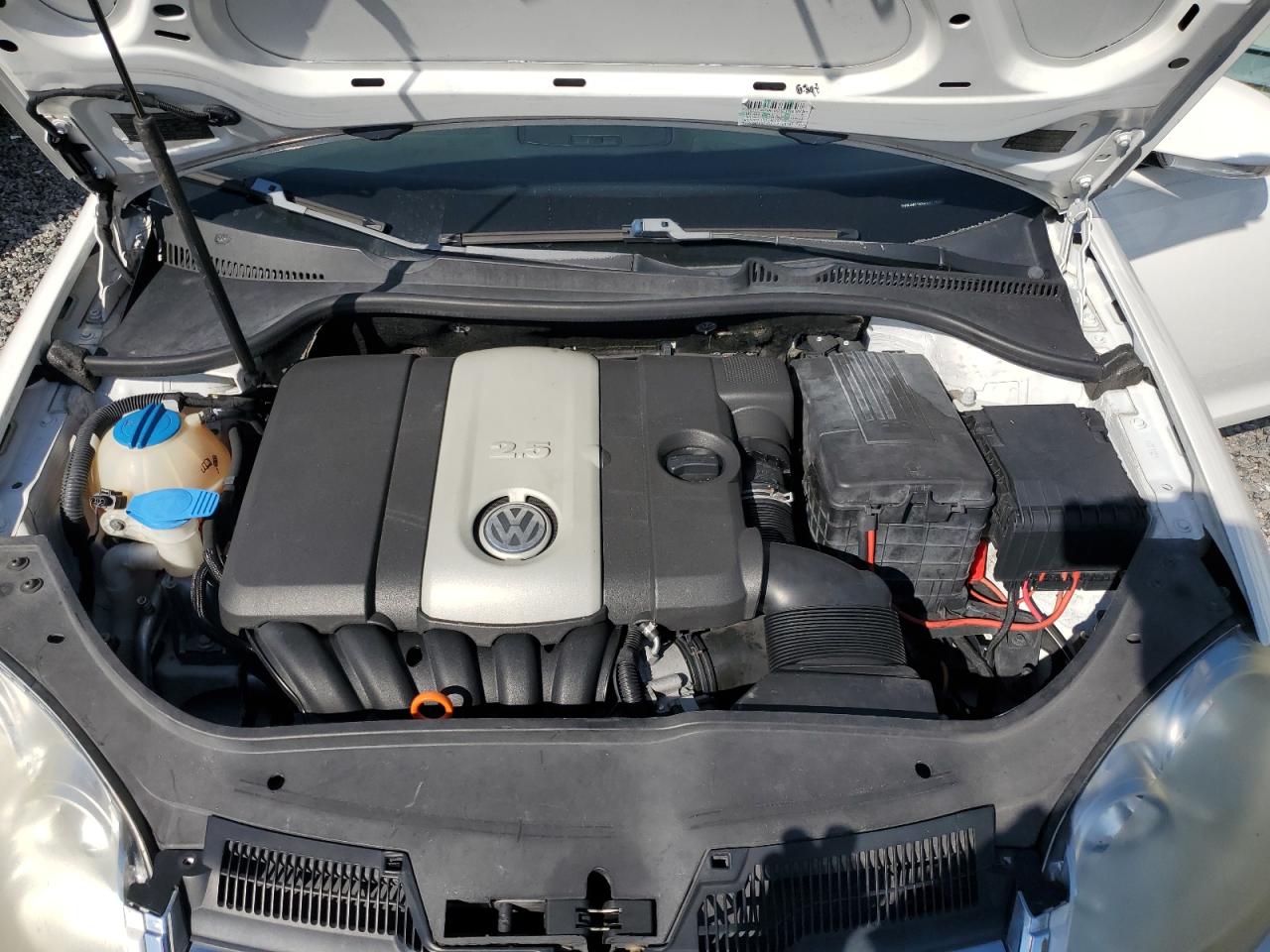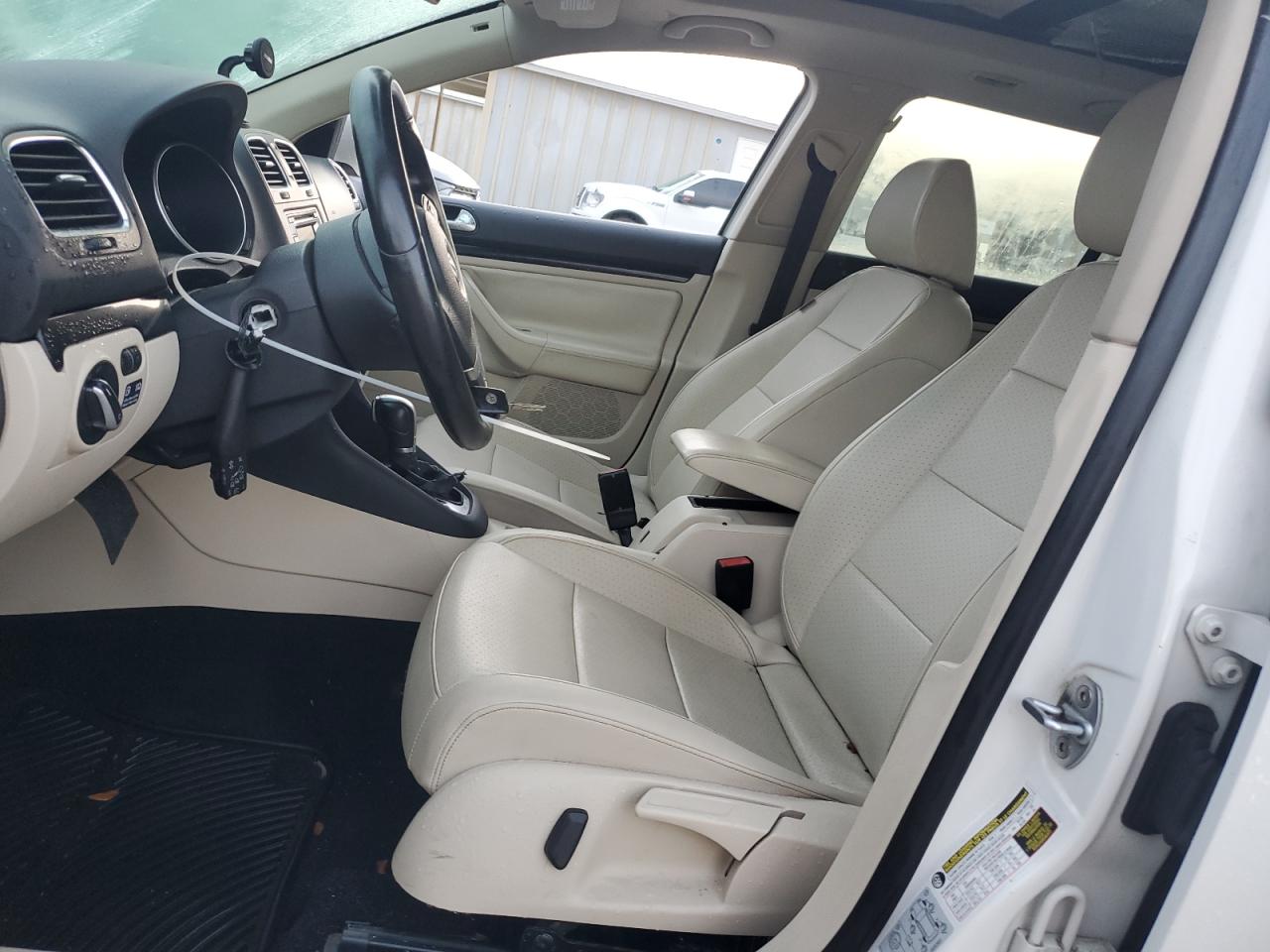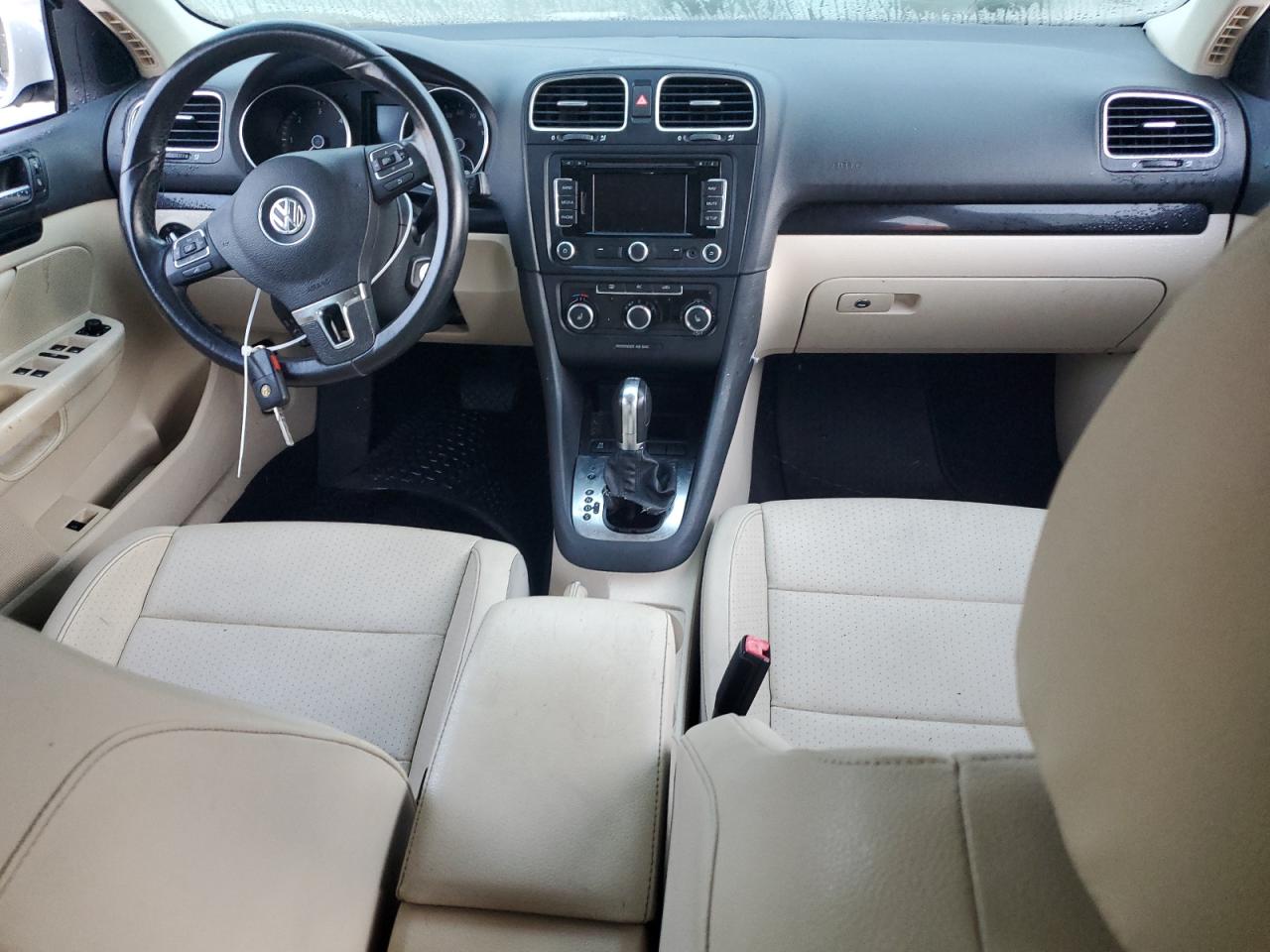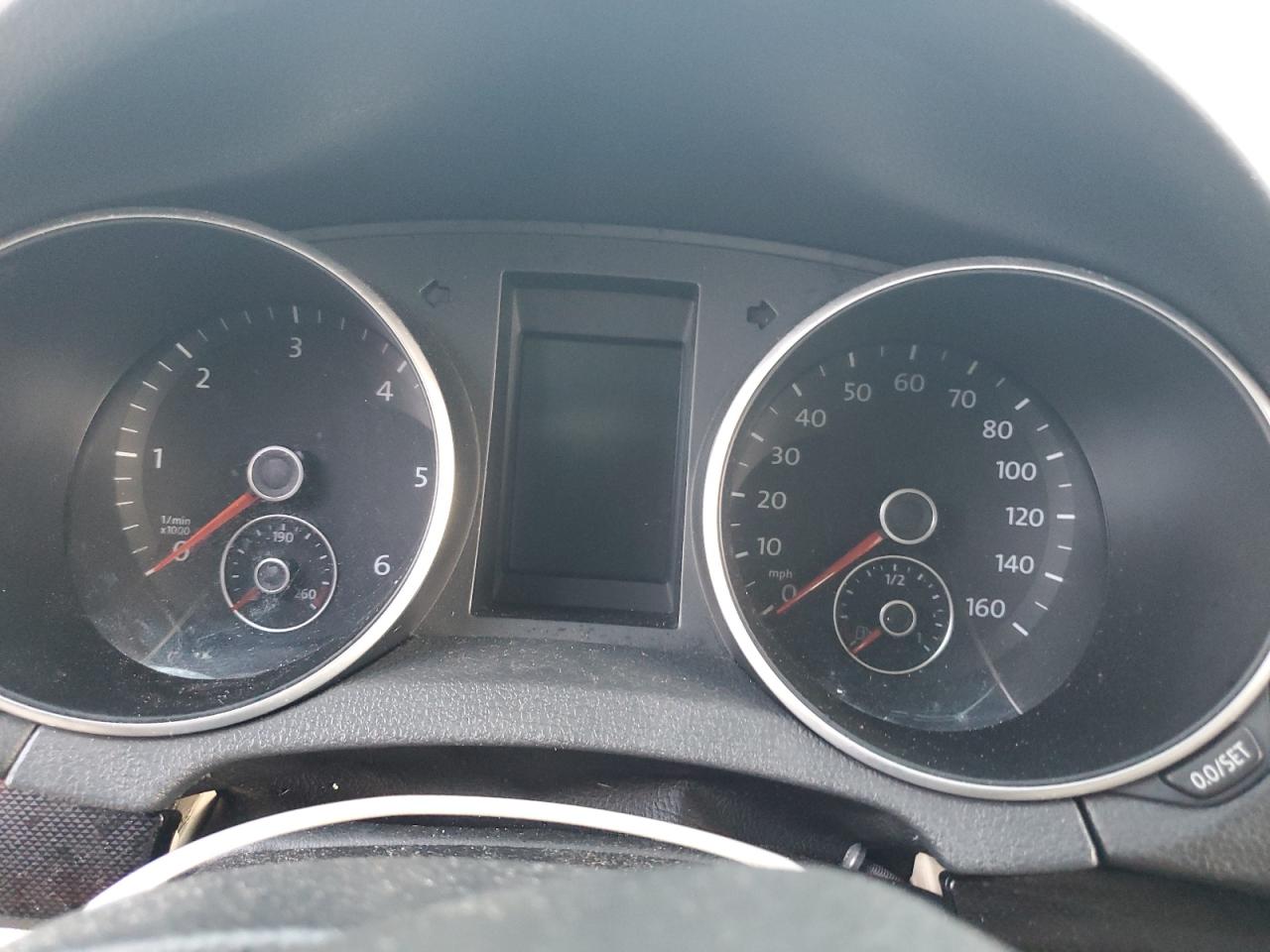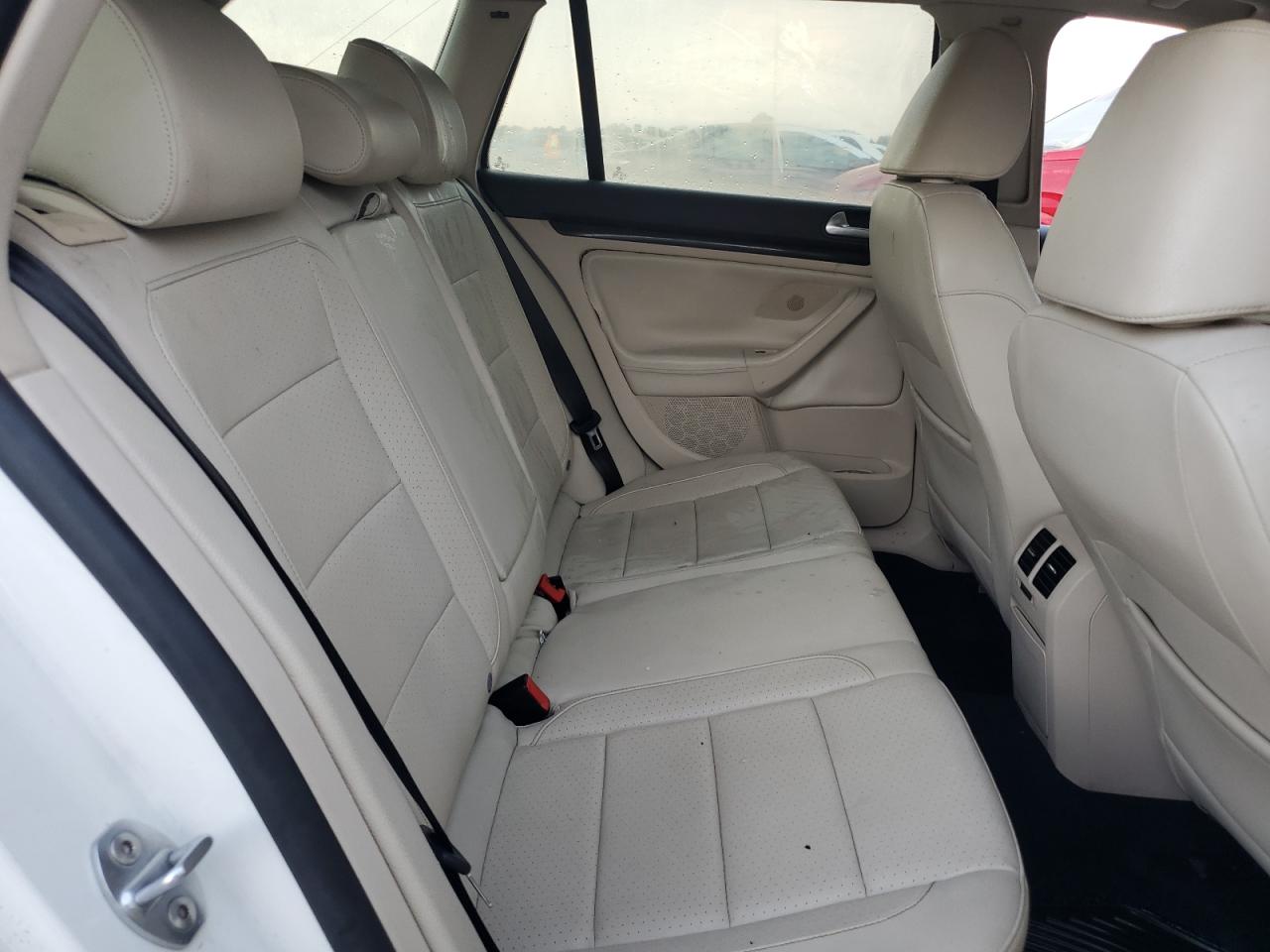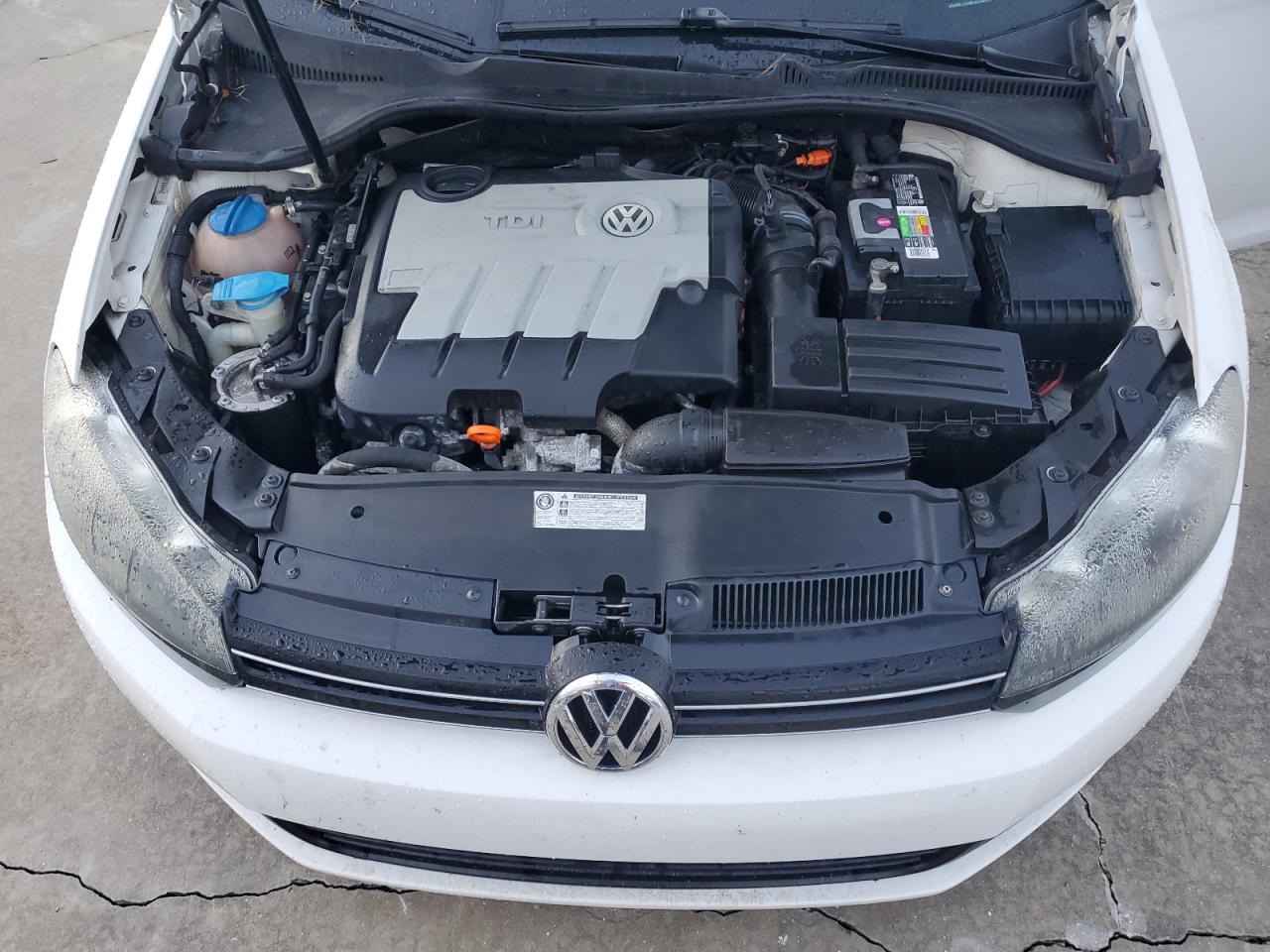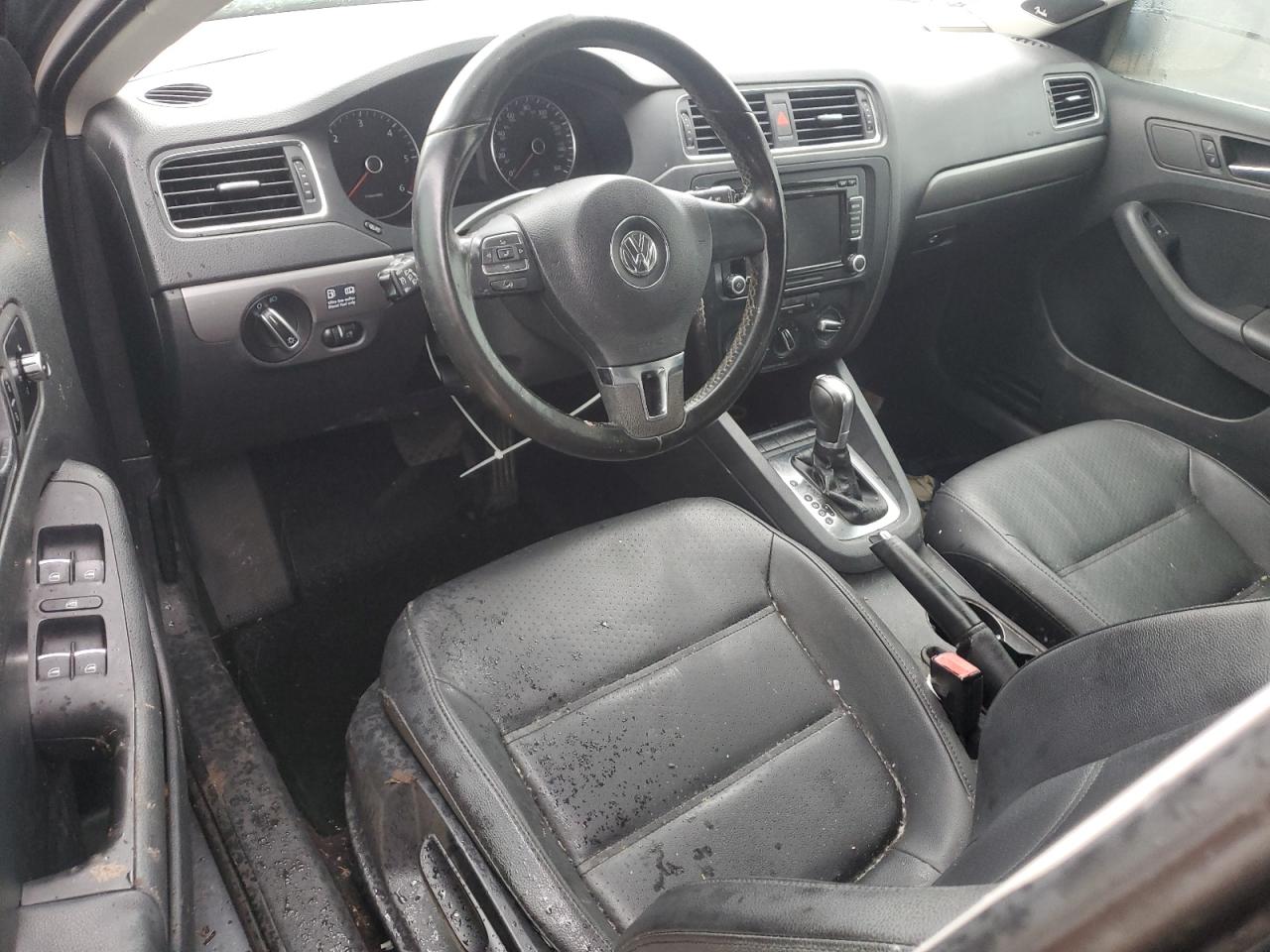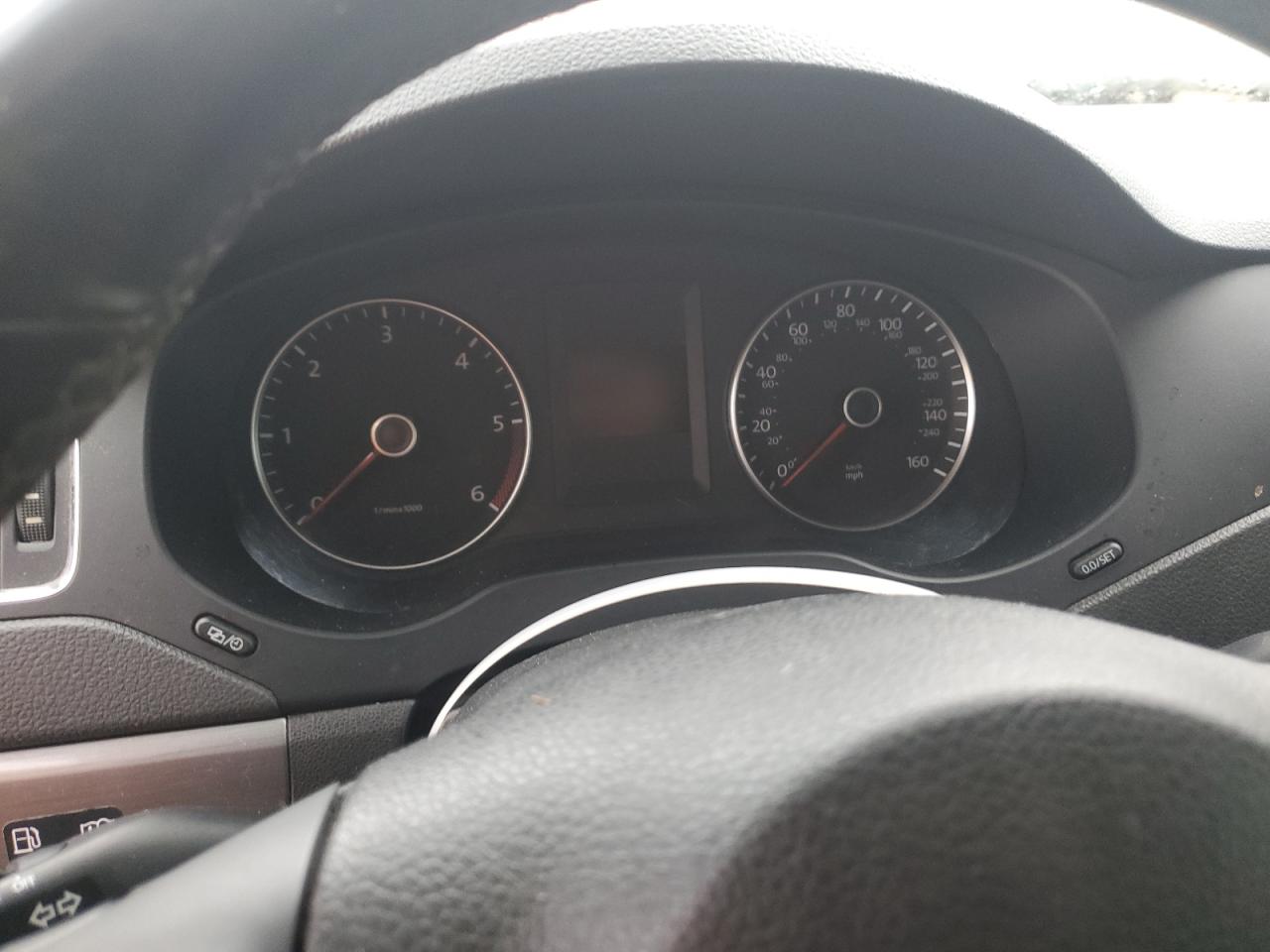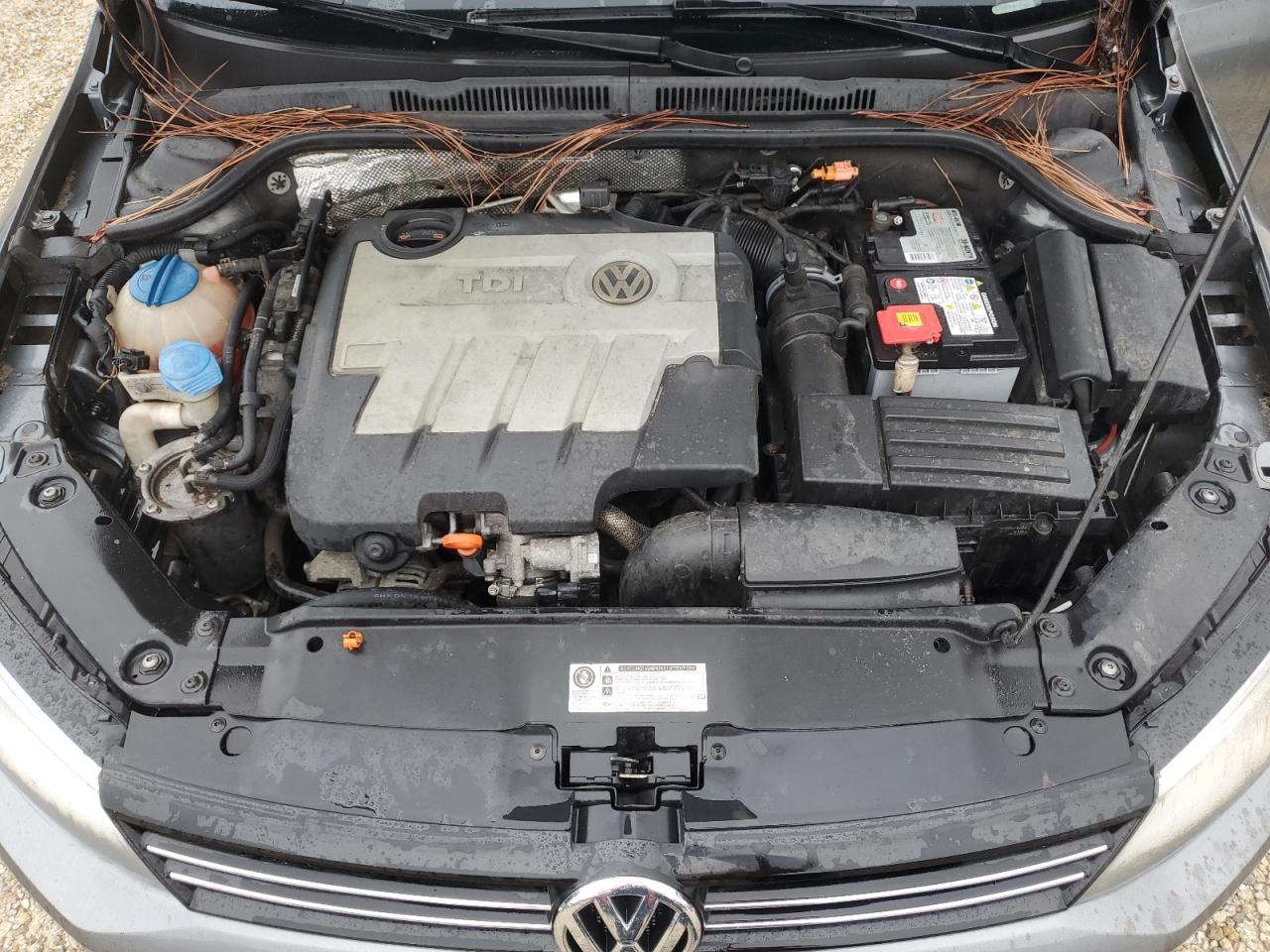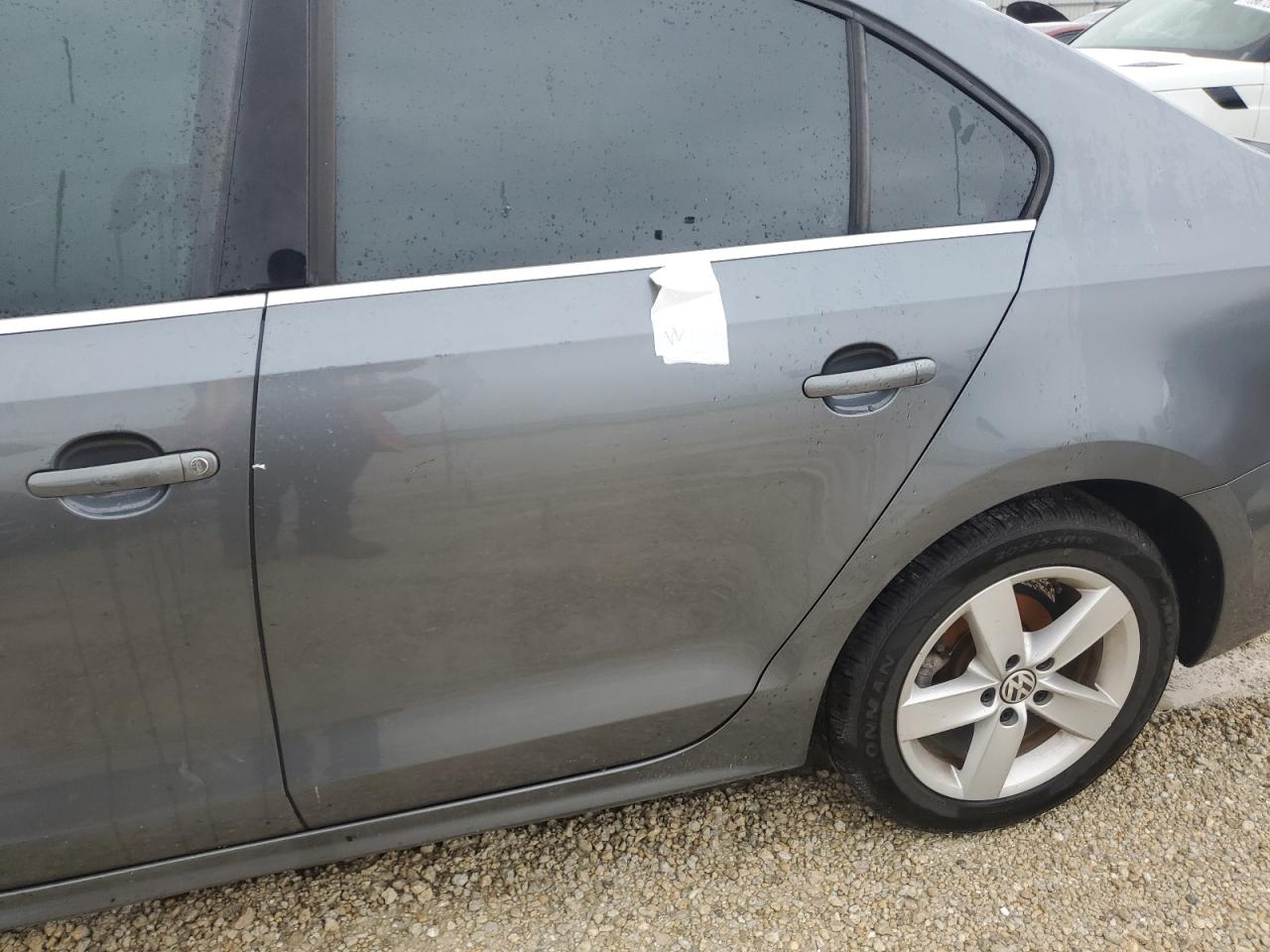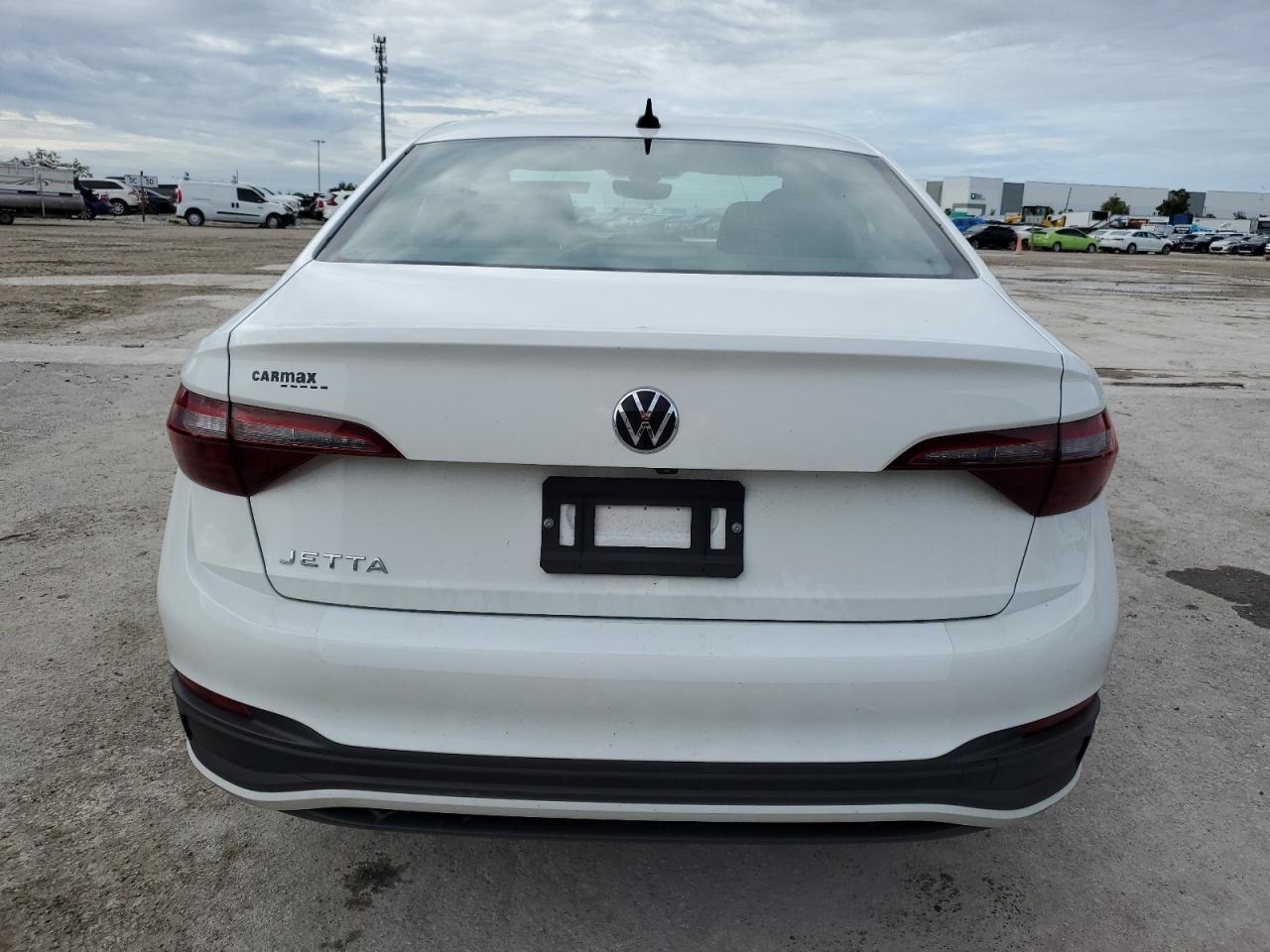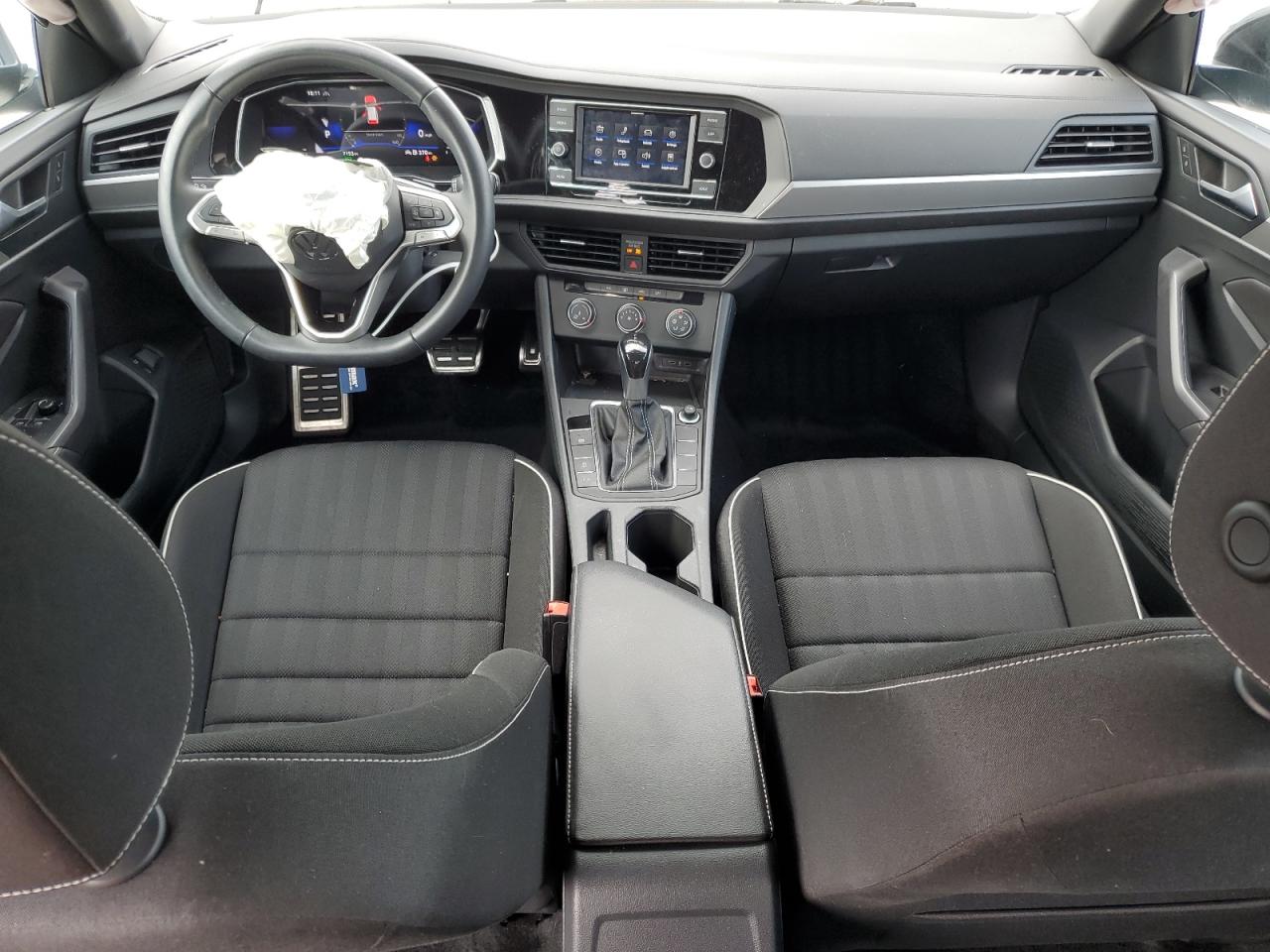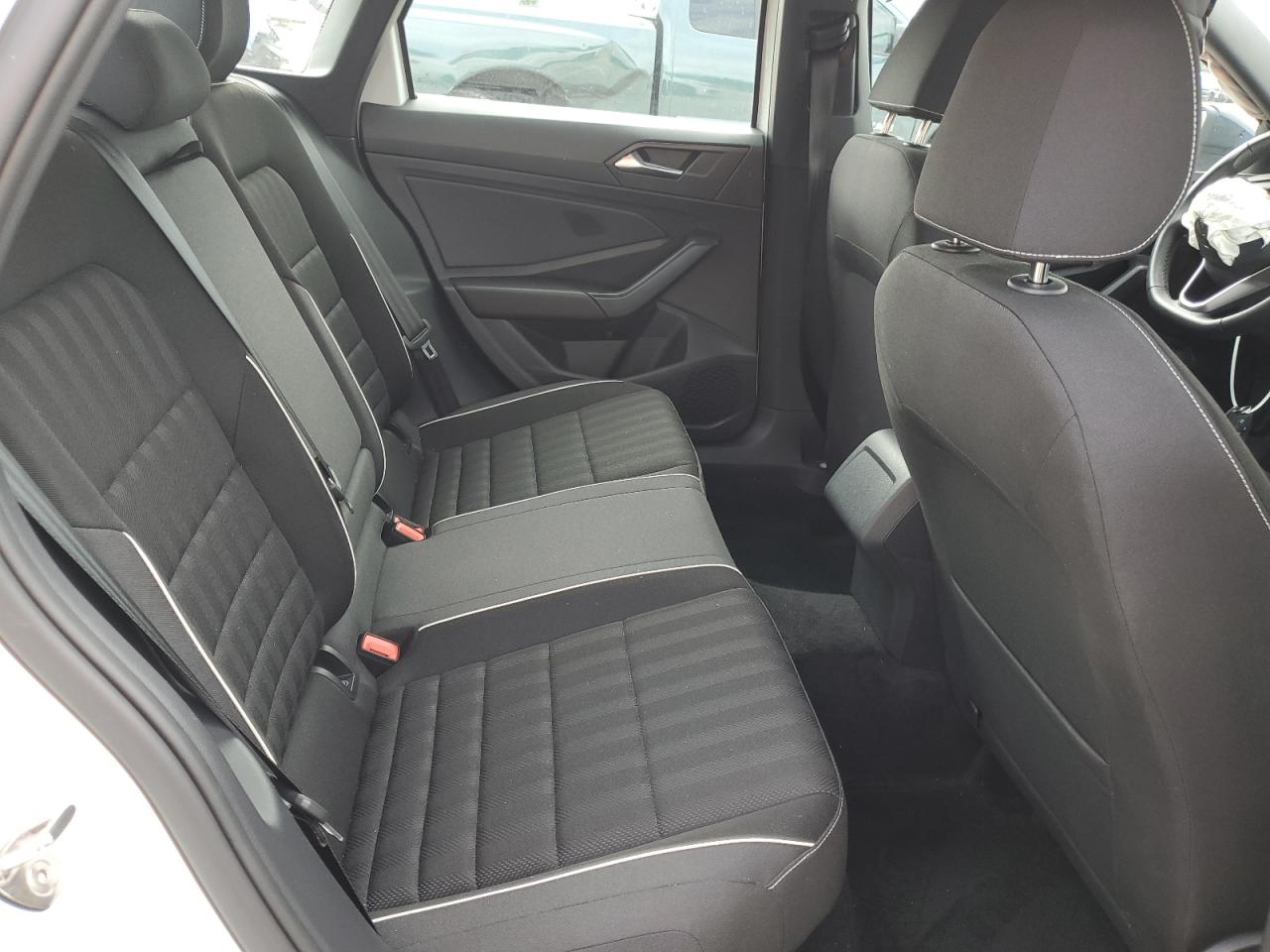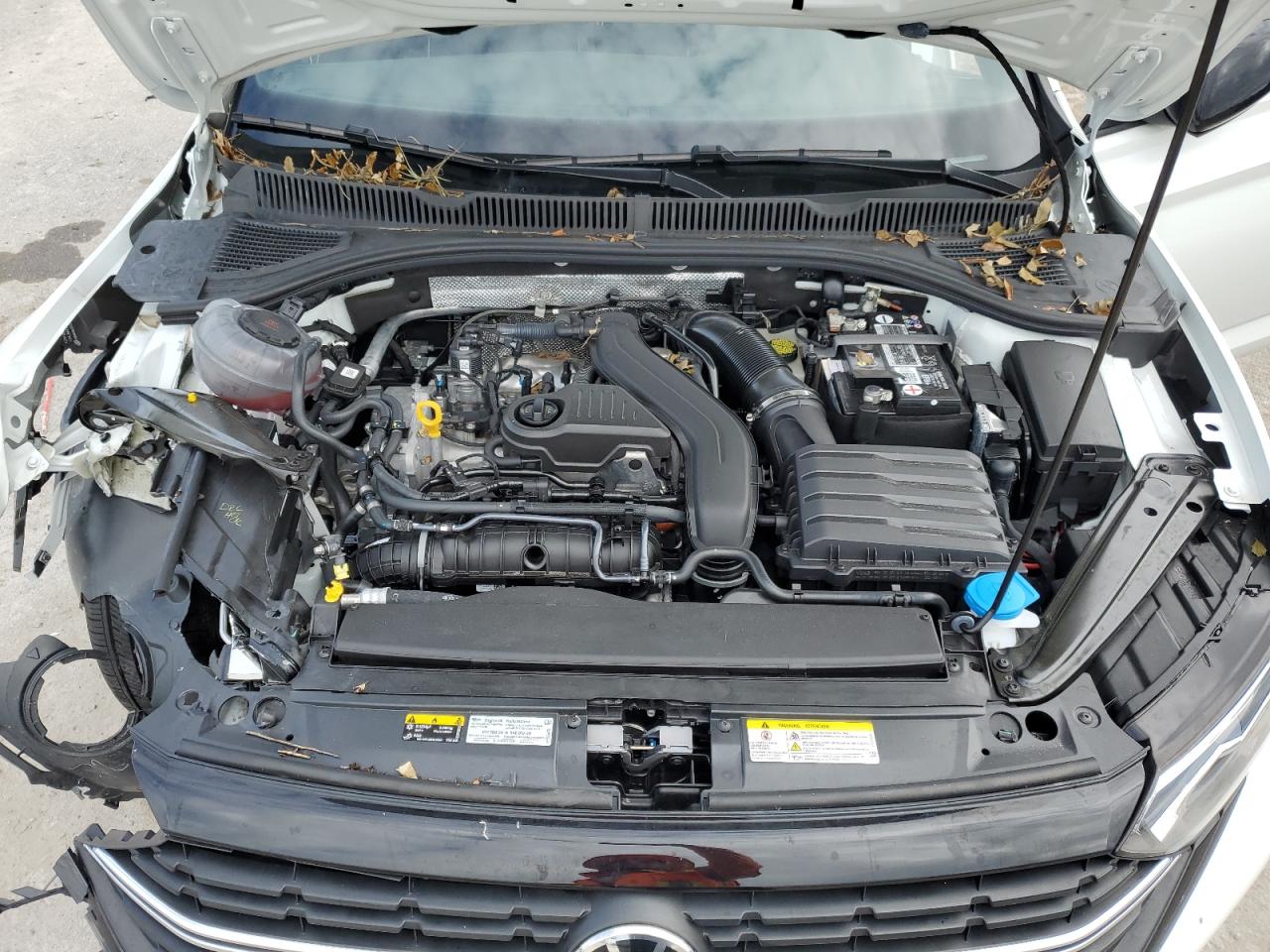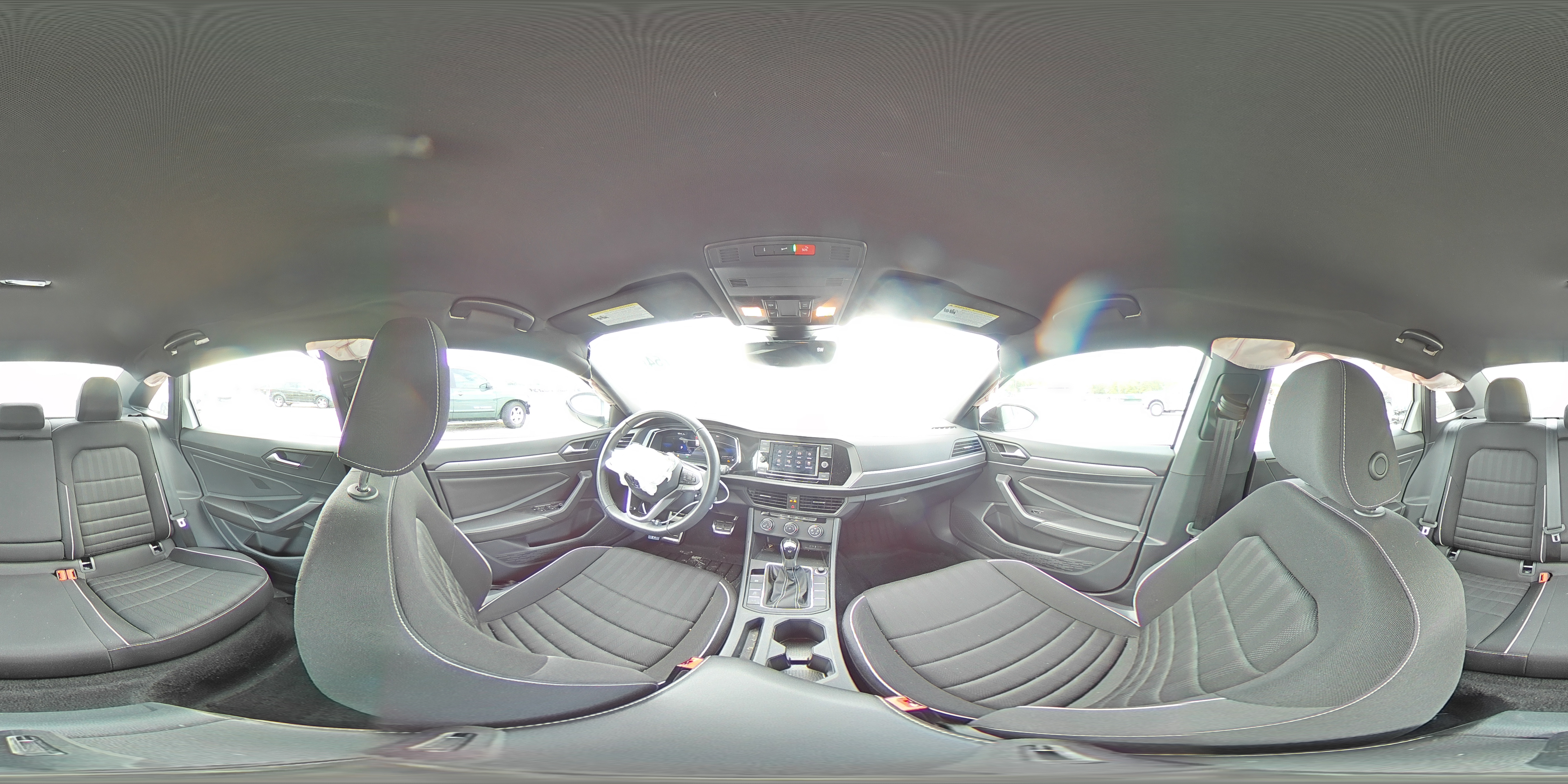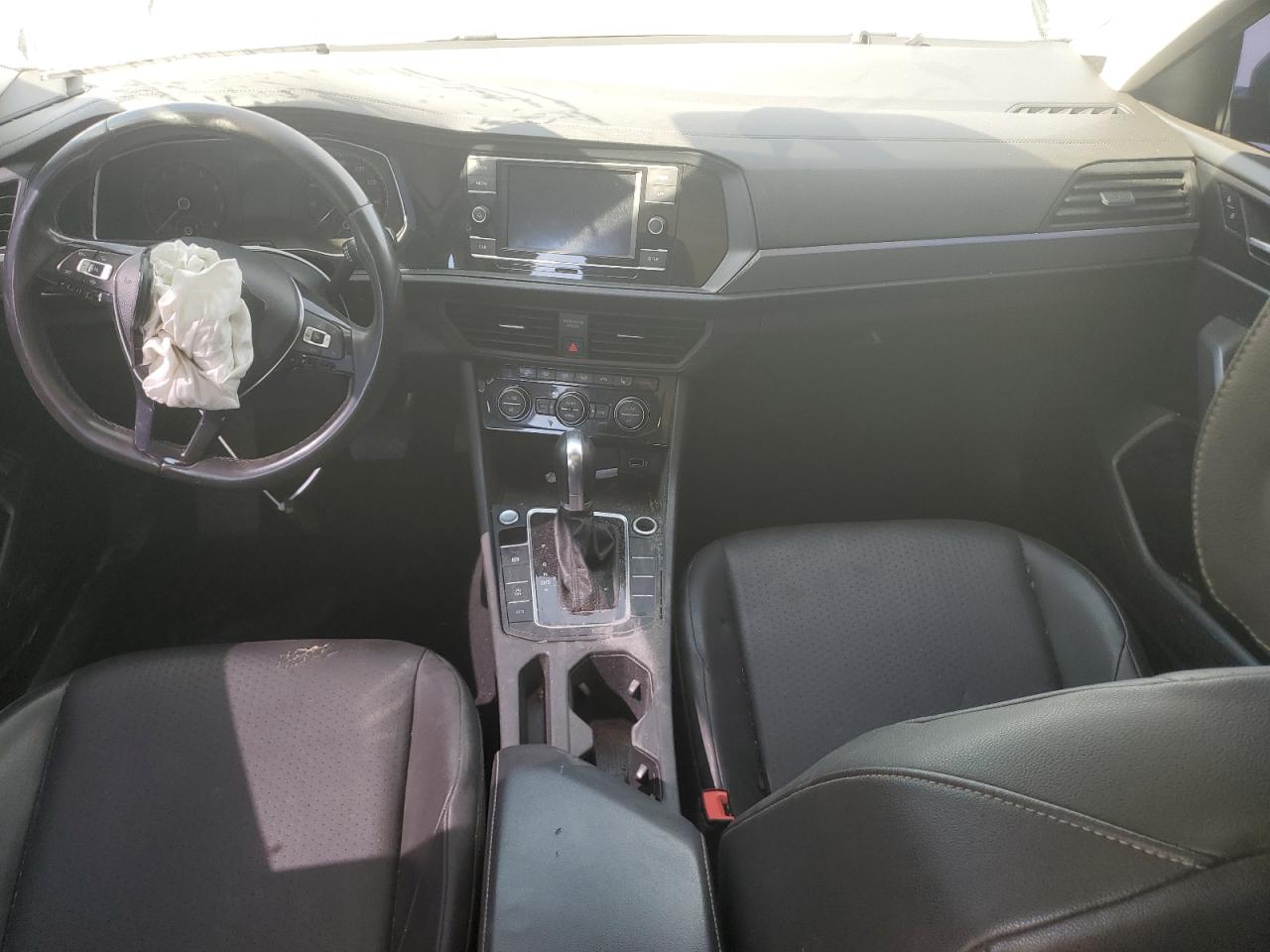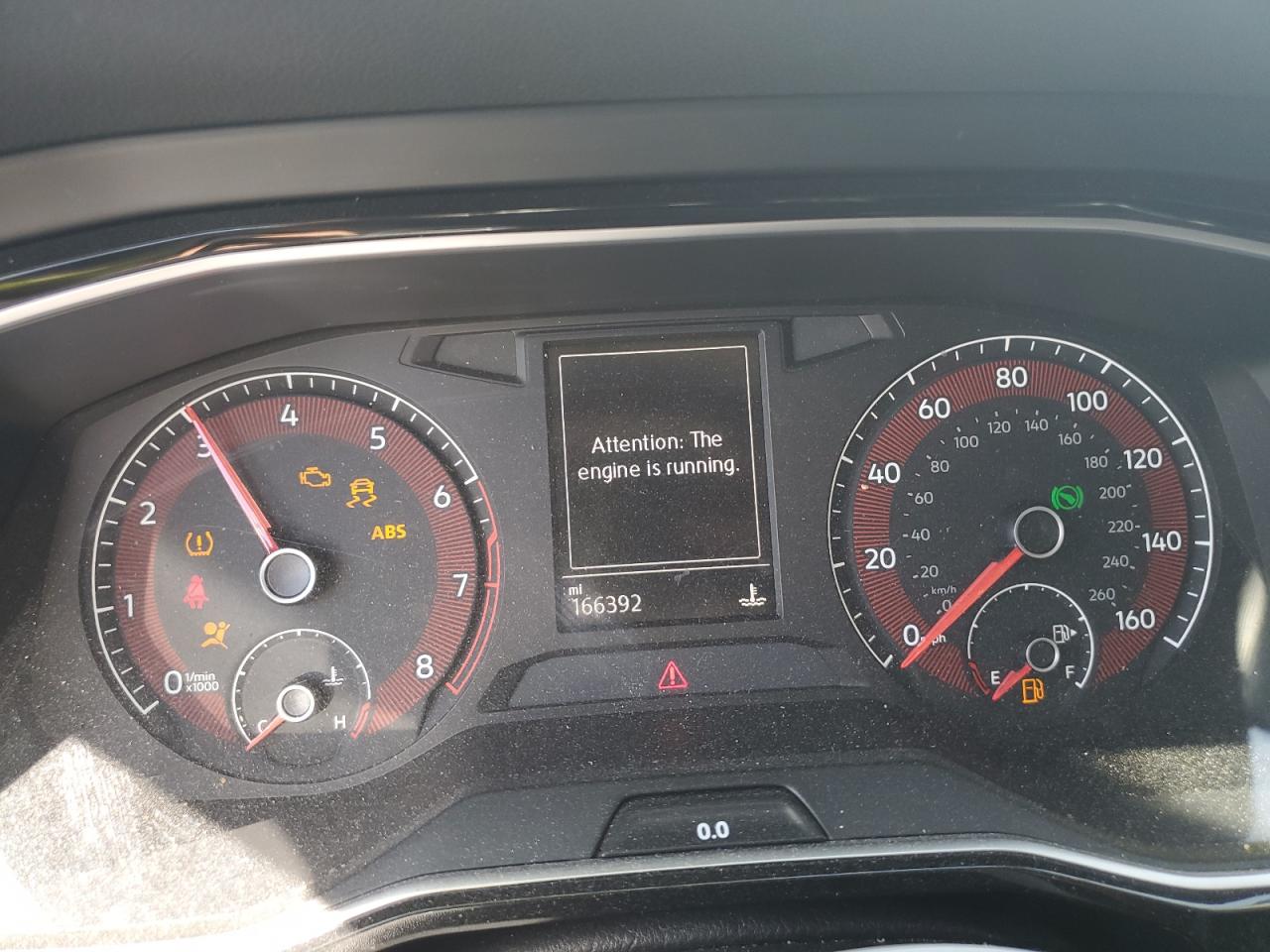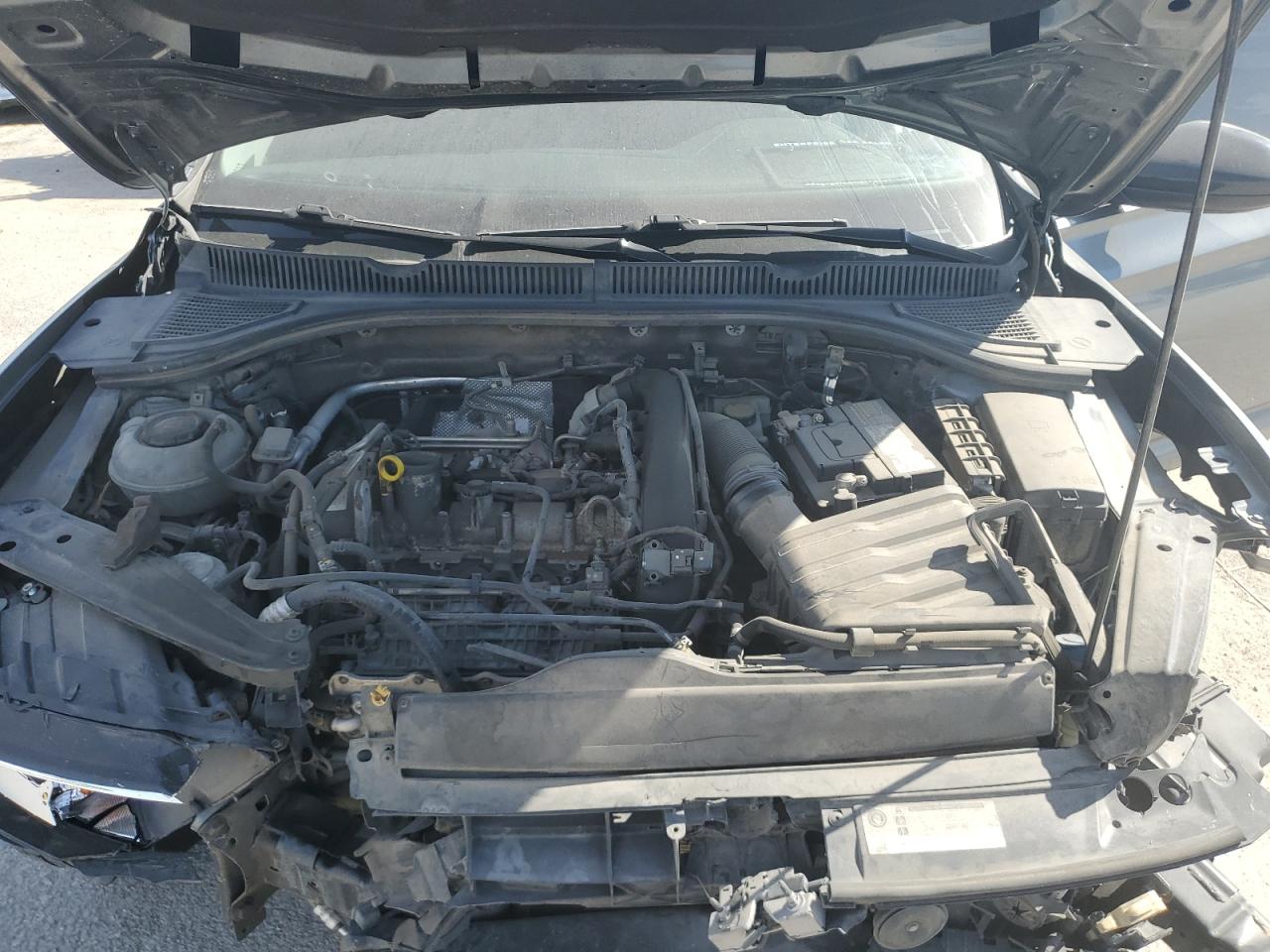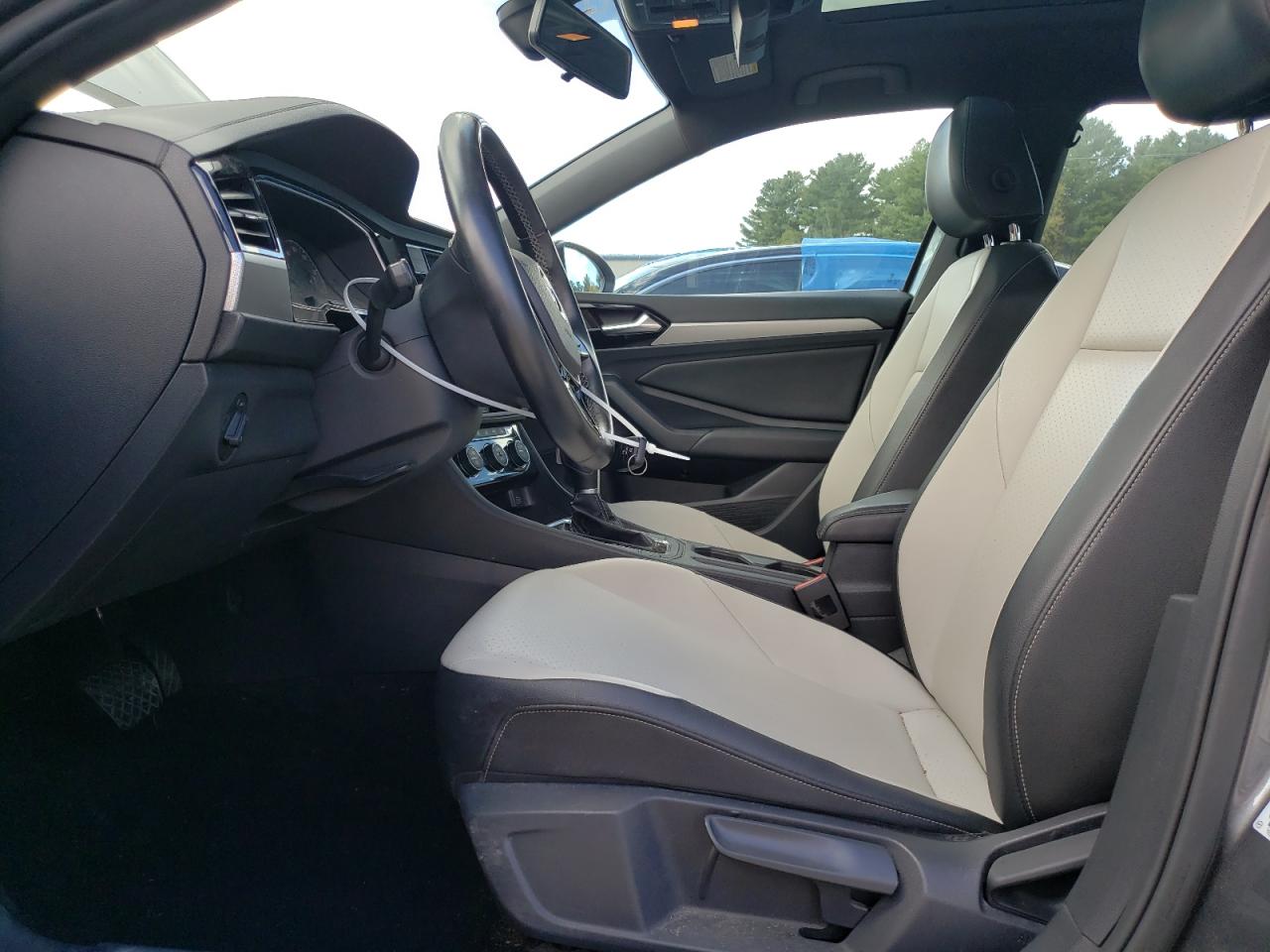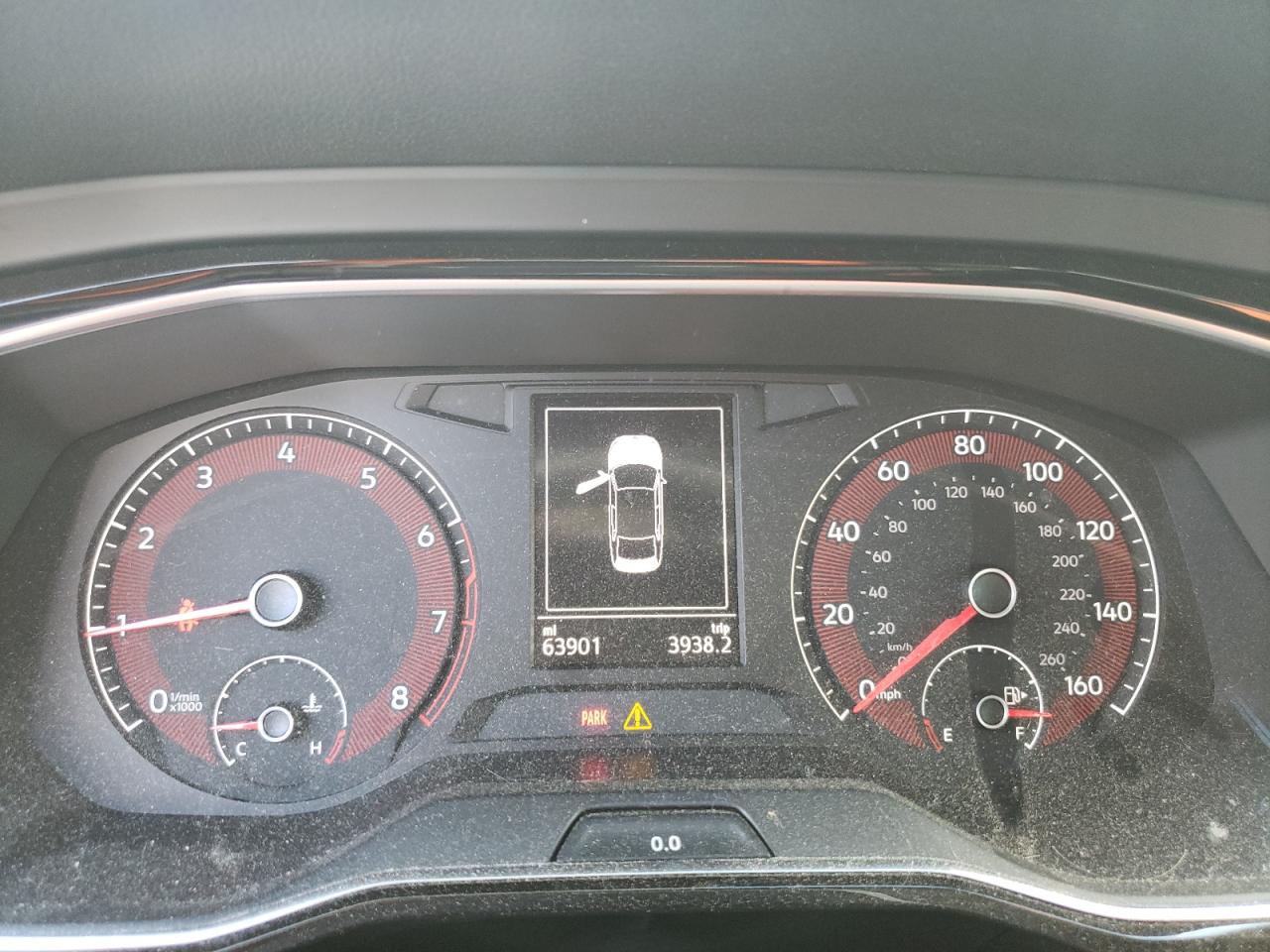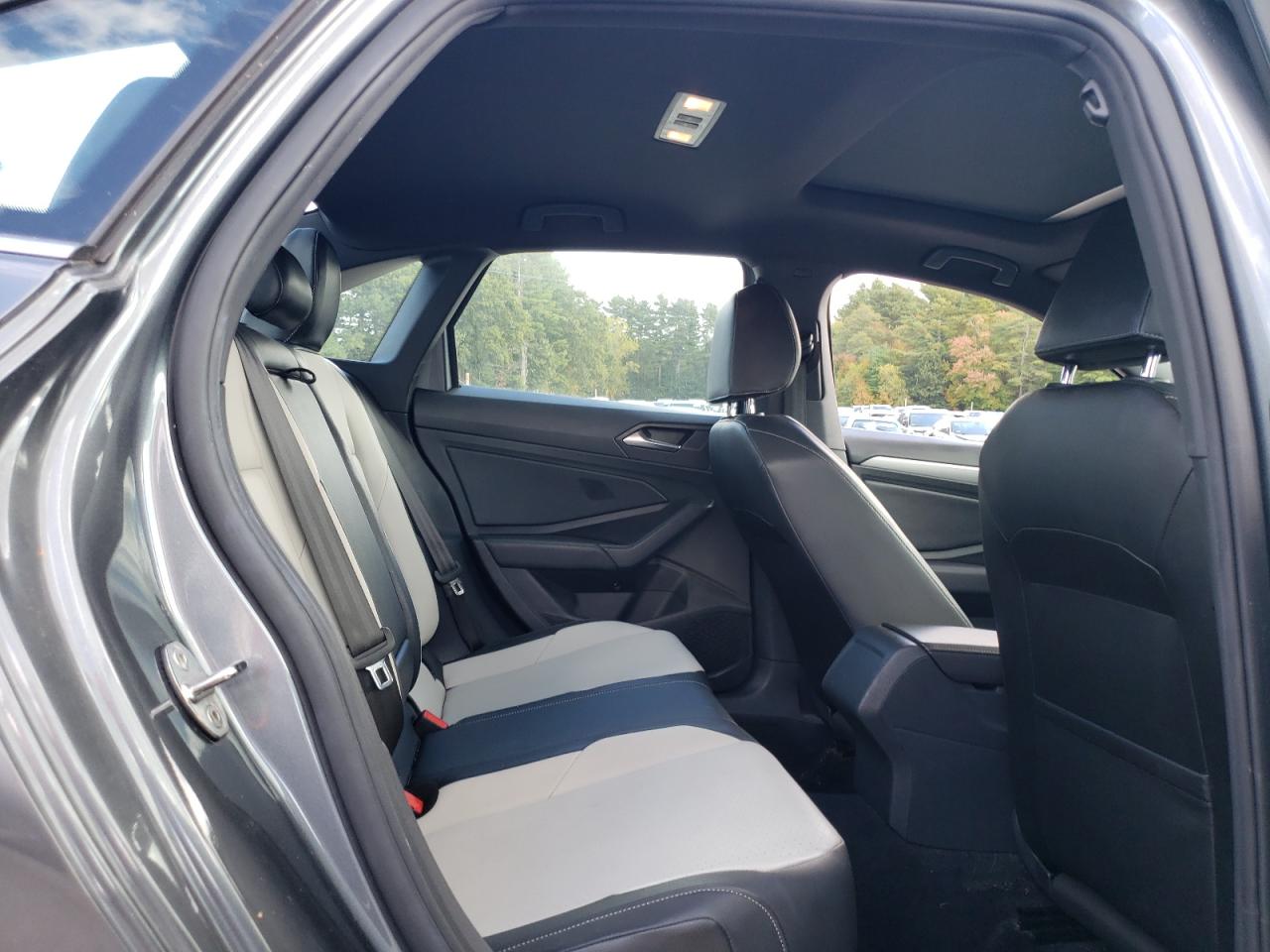Volkswagen Jetta (5 880)
2019 Volkswagen Jetta S
Brand
 Volkswagen
Volkswagen
Model
Jetta
Auction number
73958534
Odometer
119676 km.
Auction platform
copart.com
2015 Volkswagen Jetta Gli
Brand
 Volkswagen
Volkswagen
Model
Jetta
Auction number
74633684
Odometer
165725 km.
Sale date
15.10.2024 19:00
Auction platform
copart.com
2018 Volkswagen Jetta S
2005 Volkswagen New Jetta 2.5
Brand
 Volkswagen
Volkswagen
Model
Jetta
Auction number
75412394
Odometer
333128 km.
Auction platform
copart.com
2009 Volkswagen Jetta S
Brand
 Volkswagen
Volkswagen
Model
Jetta
Generation
V
Auction number
71421934
Odometer
234953 km.
Auction platform
copart.com
2012 Volkswagen Jetta Tdi
2013 Volkswagen Jetta Tdi
2023 Volkswagen Jetta Sport
2019 Volkswagen Jetta S
Brand
 Volkswagen
Volkswagen
Model
Jetta
Auction number
73701604
Odometer
267782 km.
Auction platform
copart.com
2019 Volkswagen Jetta S
Brand
 Volkswagen
Volkswagen
Model
Jetta
Auction number
73176334
Odometer
102839 km.
Sale date
17.10.2024 14:00
Auction platform
copart.com
Bid: 80 $
Open
2019 Volkswagen Jetta
Brand
 Volkswagen
Volkswagen
Model
Jetta
Auction number
12097919
Odometer
88438 km.
Sale date
21.10.2024 13:00
Auction platform
iaai.com
2015 Volkswagen Jetta 1.8T Se
2023 Volkswagen Jetta
Brand
 Volkswagen
Volkswagen
Model
Jetta
Auction number
12109090
Odometer
38932 km.
Sale date
17.10.2024 15:00
Auction platform
iaai.com
2017 Volkswagen Jetta 1.4T Se
Brand
 Volkswagen
Volkswagen
Model
Jetta
Generation
VI
Auction number
40546375
Odometer
170492 km.
Auction platform
iaai.com
2021 Volkswagen Jetta 1.4T R-Line/1.4T S/1.4T Se
Brand
 Volkswagen
Volkswagen
Model
Jetta
Generation
VII
Auction number
40568991
Odometer
51275 km.
Auction platform
iaai.com
2012 Volkswagen Jetta Sportwagen 2.5L S
2015 Volkswagen Jetta 2.0L Tdi Se
2017 Volkswagen Jetta 1.4T Se
Brand
 Volkswagen
Volkswagen
Model
Jetta
Generation
VI
Auction number
40522848
Odometer
167253 km.
Auction platform
iaai.com
The Volkswagen Jetta is an icon of the automotive industry, symbolizing the combination of German quality, reliability and comfort. Since its introduction, the Jetta has won the hearts of millions of drivers around the world, becoming one of the most popular family sedans on the market. But how did this model grow from humble beginnings to a world leader in automobiles?
Let's start with the history. The first generation of the Volkswagen Jetta was introduced in 1979 as a sedan version of the Volkswagen Golf. At the time, the Jetta was Volkswagen's answer to the American market's demand for more spacious and comfortable cars than the compact Golf. Despite being based on the Golf, the Jetta had its own unique style and character.
Over the years, the Jetta has undergone several significant restylings and modifications, each bringing new improvements in design, performance and functionality. Today, the Jetta offers a wide range of engines, from economical to sporty, as well as a variety of trim options, making it an attractive choice for a variety of consumers.
But beyond its popularity and success, the Jetta has had its share of problems. Like any car, certain mechanical, electronic, or comfort-related issues may arise over the years. It’s important to look at both the Jetta’s most successful aspects and those that need work to understand its full significance in the car market.
History of the Volkswagen Jetta model: from its inception to the present day
In 1979, Volkswagen presented its answer to the growing demand for compact cars - the Volkswagen Jetta. This sedan was presented as a simpler and more affordable alternative to the iconic Golf. From the very beginning, the Jetta was designed with the needs of the global market in mind, and its successful introduction confirmed the correctness of the chosen course.
Over the years, the Jetta has gone through several significant changes in its design, performance, and concept. It has become a popular choice for both family use and young people, thanks to its versatility and reliability. Constant updates and upgrades have allowed the Jetta to remain competitive for decades.
Modifications and years of production:
- First generation (1979-1984): Major changes in design and technical characteristics.
- Second generation (1984-1992): Introduction of new engines and safety technologies.
- Third generation (1993-1999): Improved build quality and appearance.
- Fourth generation (1999-2005): Introduction of more modern design and electronic control systems.
- Fifth generation (2005-2010): Transition to a new platform and improved engine efficiency.
- Sixth generation (since 2010): Introduction of new communication and security technologies, as well as design modernization.
The most successful and problematic Jetta models:ModelSalesPeculiarities
Fifth generation (2005-2010) | More than 6 million | High efficiency and reliability
Fourth generation (1999-2005) | About 5 million | Problems with some electronic systems
Fifth generation (2005-2010) | More than 6 million | High efficiency and reliability
Fourth generation (1999-2005) | About 5 million | Problems with some electronic systems
Evolution of Jetta: the main stages of development
Over the course of its rich history, the Volkswagen Jetta has gone through several key development stages, reflecting changes in market demands and technological advances.
The first generation of Jetta was introduced in 1979 and immediately gained popularity due to its practical design and reliable construction. This sedan was offered in various modifications with petrol and diesel engines.
- Second generation (1984–1992): With this generation, the Jetta became more modern and comfortable, with an expanded list of options. For the first time in the model's history, a GLI version was offered, a sporty modification with improved performance.
- Third generation (1993–1999): This period saw the introduction of more modern styling and new technologies such as ABS and airbags.
- Fourth generation (1999–2005): The Jetta became more spacious and comfortable, and also received improved driving performance and new engines.
Subsequent generations of the Jetta continued to innovate in design, technology and environmental efficiency, making it one of the most successful and sought-after sedans on the market.
Volkswagen Jetta Modifications: A Variety of Configurations and Characteristics
Since its debut, the Volkswagen Jetta has come a long way, undergoing constant changes and modifications to meet the needs of different markets and audiences. There are currently several generations of this popular model, each with its own unique features and customization options.
One of the most notable features of the Jetta is the variety of available trim levels, which include different trim levels, engine types, transmissions, and optional features and accessories. The main trim levels include base, mid-range, and top-of-the-line trims, each offering a specific set of standard and optional features.
- Basic equipment: Usually includes the basic functions and options necessary for comfortable daily use of the car. This may include basic safety systems, climate control, audio system and basic control functions.
- Mid-Tier: Offers an expanded range of options and features, such as enhanced safety systems, convenience and comfort features, and additional customization options.
- Top trim: Includes all the most advanced technologies and options available for a given model. These may include state-of-the-art safety systems, advanced audio systems, navigation systems, and additional comfort features.
Popular versions: from basic to premium
The Volkswagen Jetta model has a history of several popular versions that cover a wide range of car enthusiast needs. From basic models with a minimum set of options to luxury premium options, the Jetta offers a variety of modifications that take into account the preferences of different buyers.
Among the most common versions of the Jetta, the economical basic trims stand out, which are popular with buyers seeking simplicity and functionality. They offer a reliable engine, basic comfort and safety options, which makes them accessible to a wide range of consumers.
- Basic Model: This version offers essential features and options while providing reliable quality and cost-effective operation.
- Sport Package: For those who value dynamics and exciting driving, the Jetta Sport versions offer more powerful engines, improved suspension and a design that emphasizes their sporty character.
- Premium: Premium versions of the Jetta offer a high level of comfort and luxury, offering leather interiors, advanced technology and a range of other additional options designed to satisfy the most discerning customers.
Jetta Colors: Palette Over the Years
The color range of the Volkswagen Jetta is varied and reflects the aesthetic preferences of different generations of car enthusiasts. Over time, the company has offered various color options, emphasizing the freshness and modernity of the model.
Since its early years of production, the Jetta has been offered in traditional colors such as silver, black, white and blue. However, with the advent of new paint technologies, Volkswagen has introduced brighter and more saturated shades, expanding the palette to meet market demands.
- Classic: Neutrals and classic colors like white, black, and silver have remained popular choices throughout the years.
- Metallics and Pearlescents: With advances in paint technology, the Jetta is now available in more sophisticated shades such as metallics and pearlescents, adding elegance and depth to the vehicle.
- Bright Accents: For those who prefer to stand out, Volkswagen offered bright and vibrant colors such as red, blue and yellow, which gave the car an energetic look.
Consumer Preferences: Popular Colors of the Volkswagen Jetta
In the preferences of consumers regarding the colors of Volkswagen Jetta, certain trends can be identified that are reflected in the car market. Aesthetics, individual taste and fashion trends play an important role in choosing the color of the car.
Overall, the body colors that are most popular among Volkswagen Jetta buyers include:
- Black: Classic, elegant and versatile color that always stays on trend. Black body adds sophistication and status to the car.
- Silver: A light shade of gray, it gives a car a modern look and is generally easy to maintain, making it an attractive choice for many owners.
- White: Clean, fresh and minimalist, white is always a popular choice among shoppers who prefer a no-frills aesthetic.
- Blue: A variety of shades of blue, from deep blue to light blue, provide a variety of choices for shoppers seeking style and individuality.
However, it should be noted that preferences may vary depending on region, culture, and current fashion trends. Some buyers may prefer more exotic or individual colors such as red, green, or yellow to stand out from the crowd.
So while black, silver, white and blue remain the top choices for most Volkswagen Jetta buyers, ultimately the color choice comes down to each owner's individual preferences and style.





